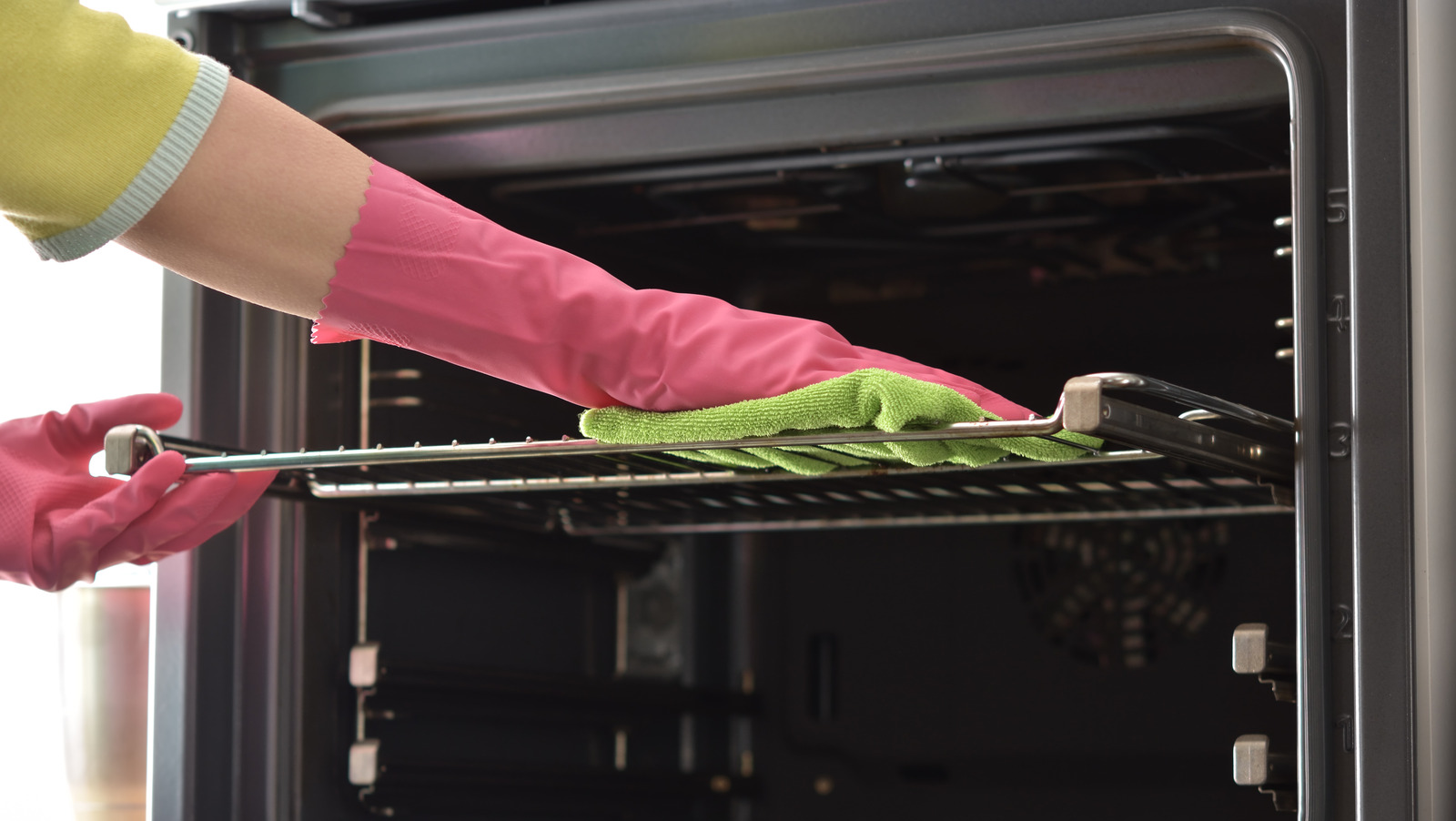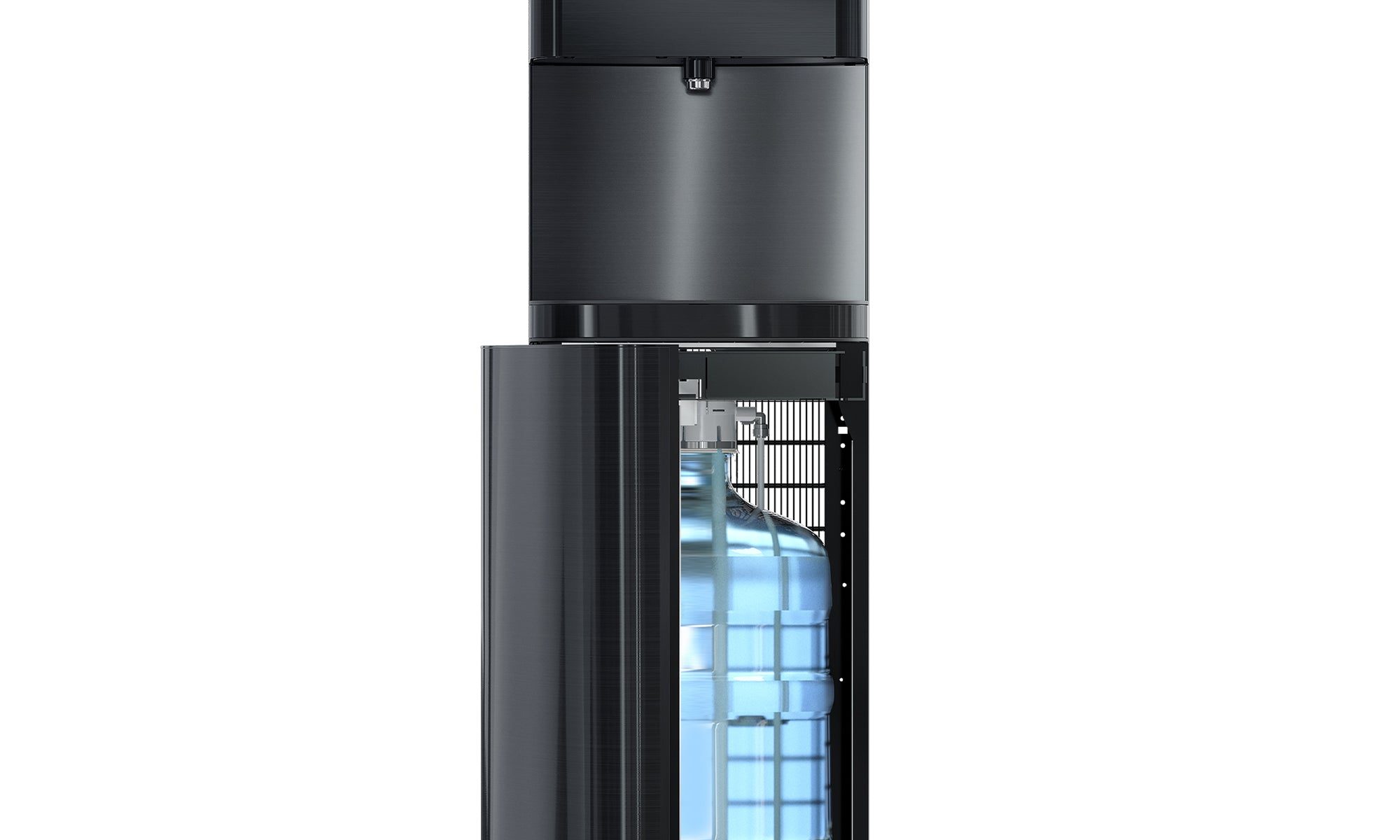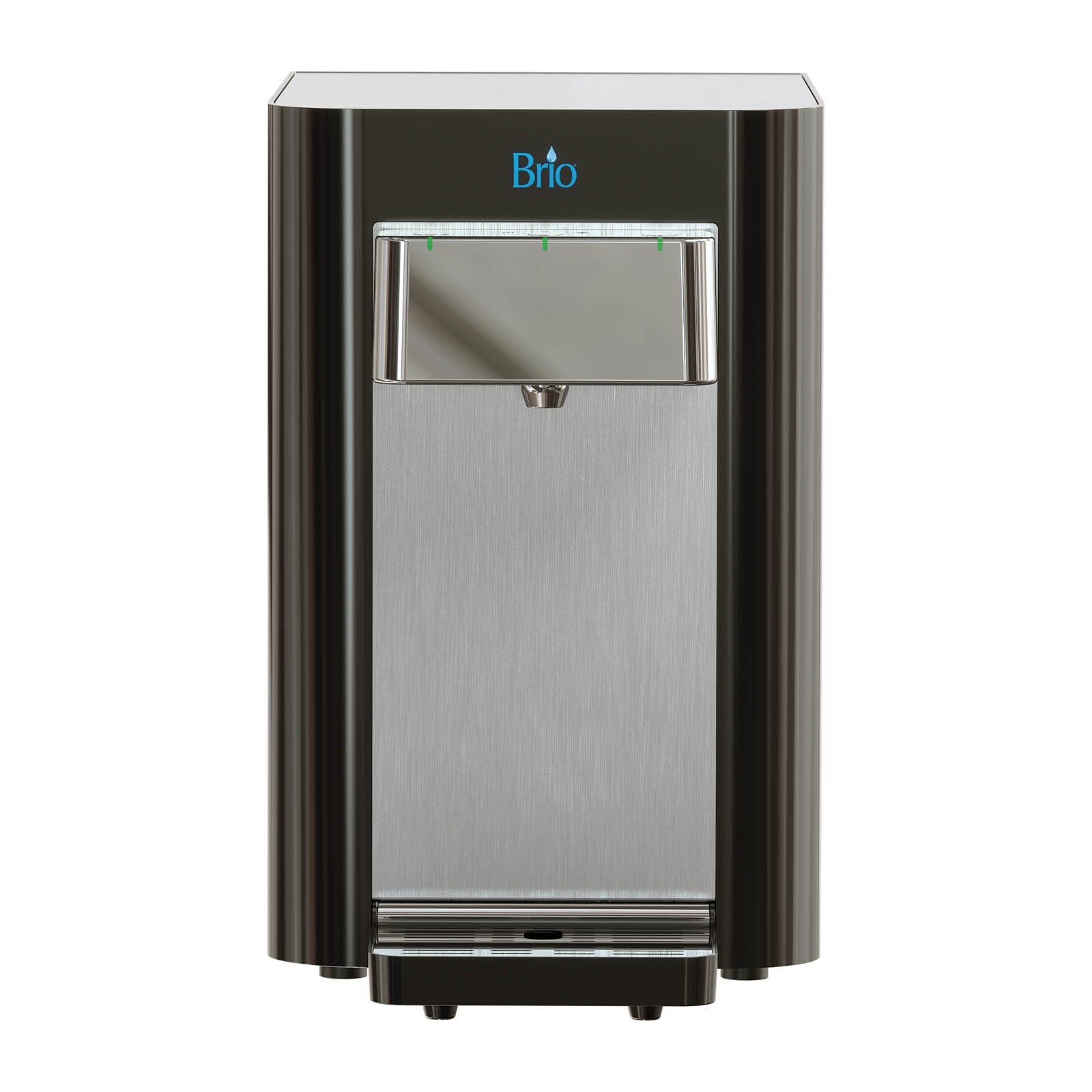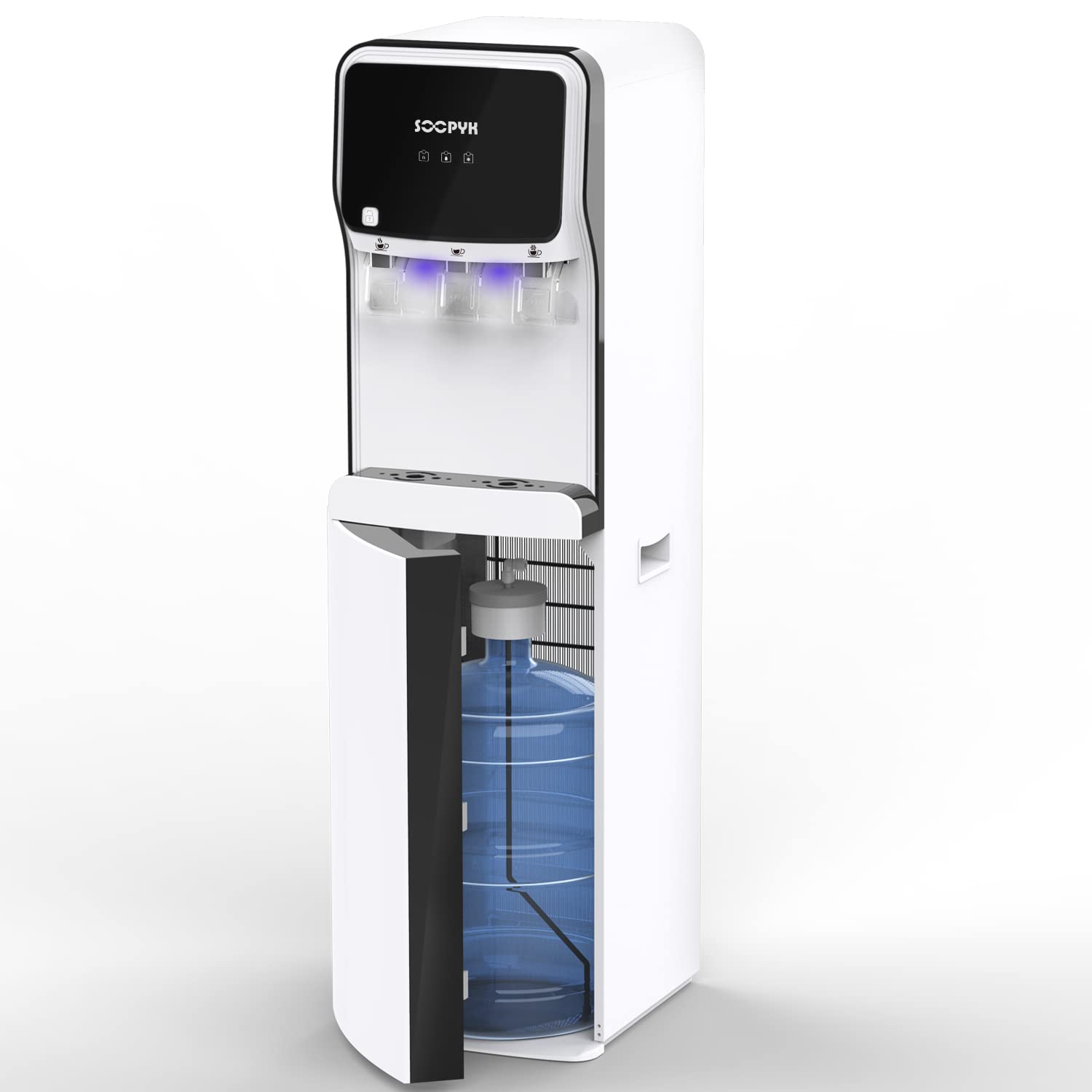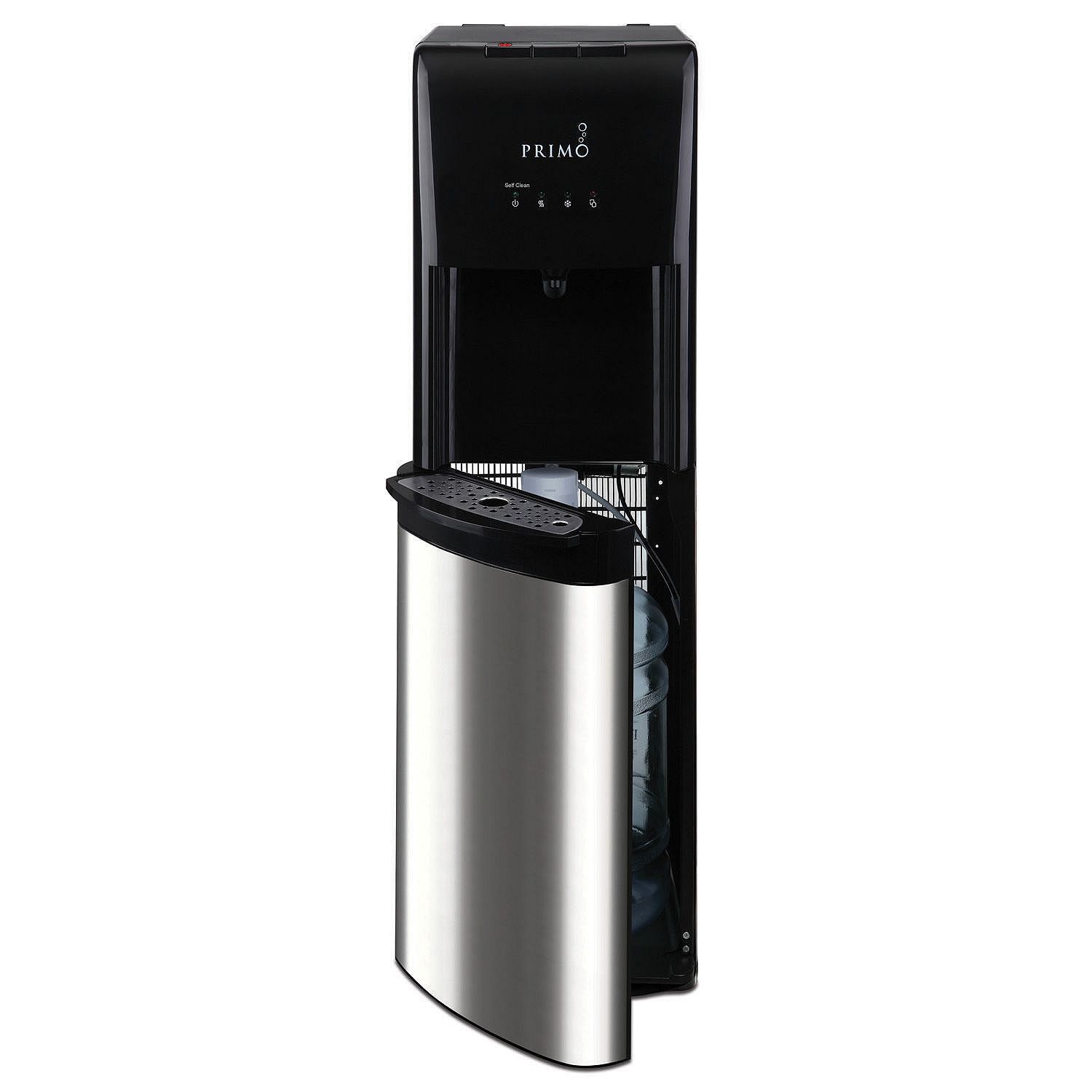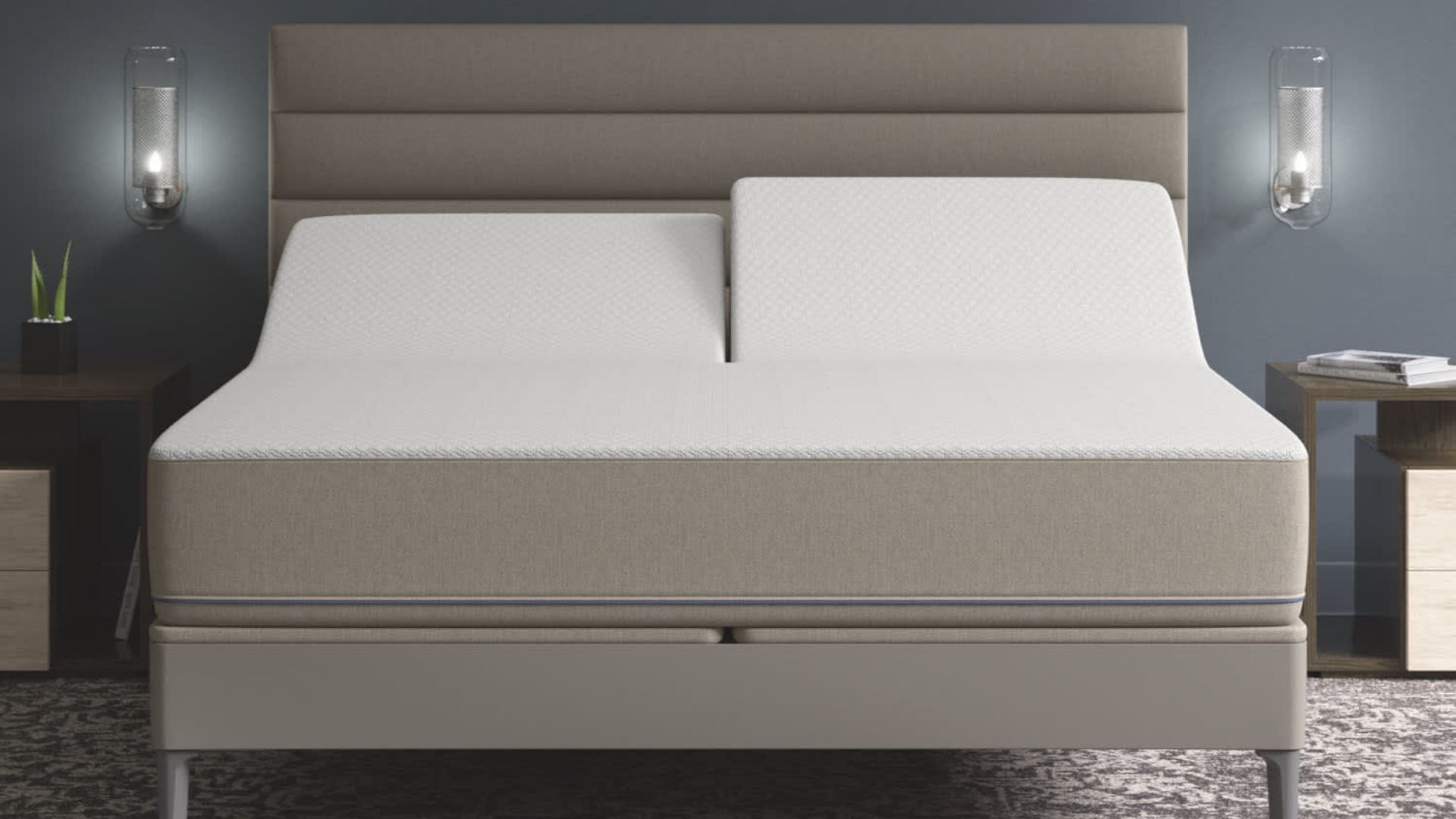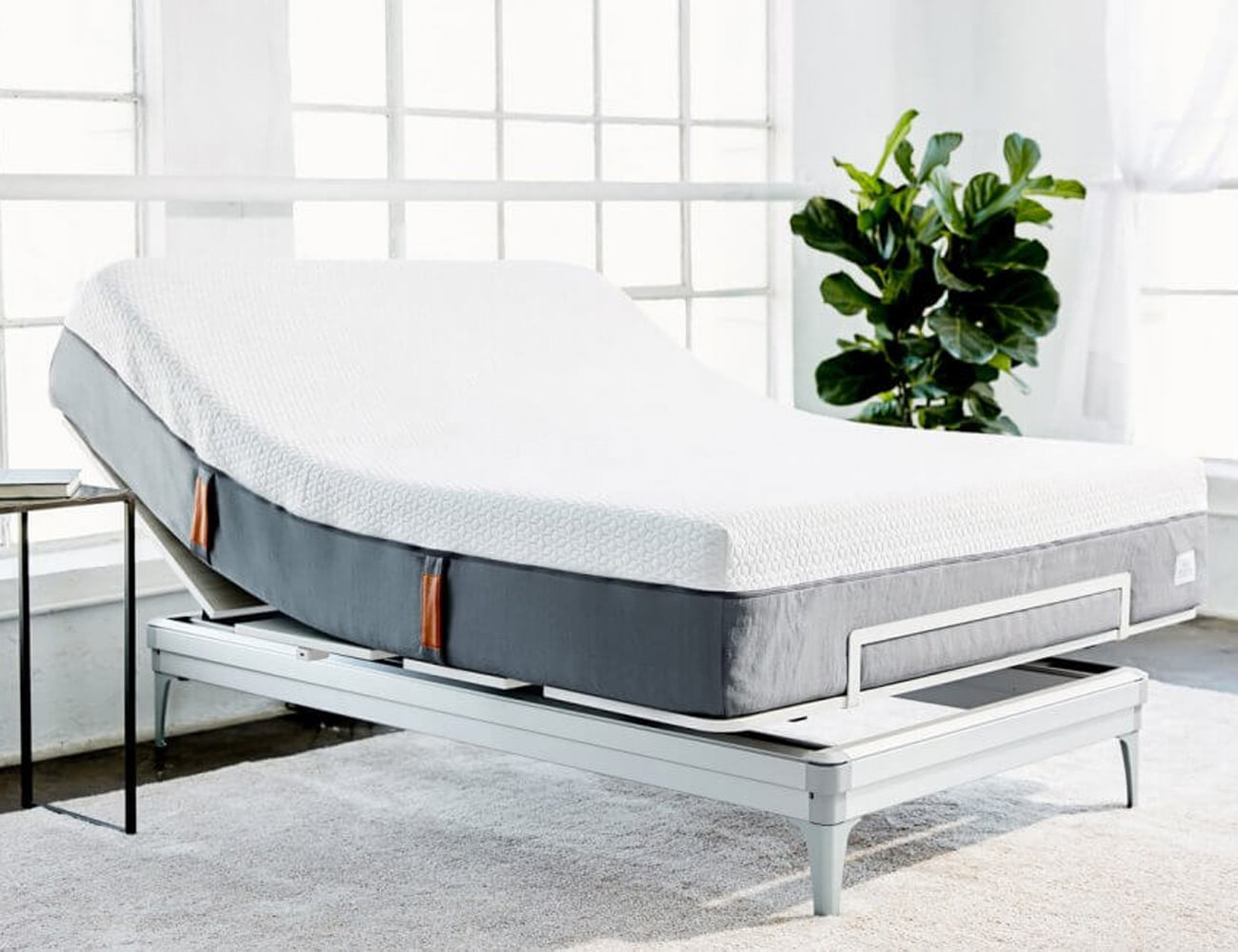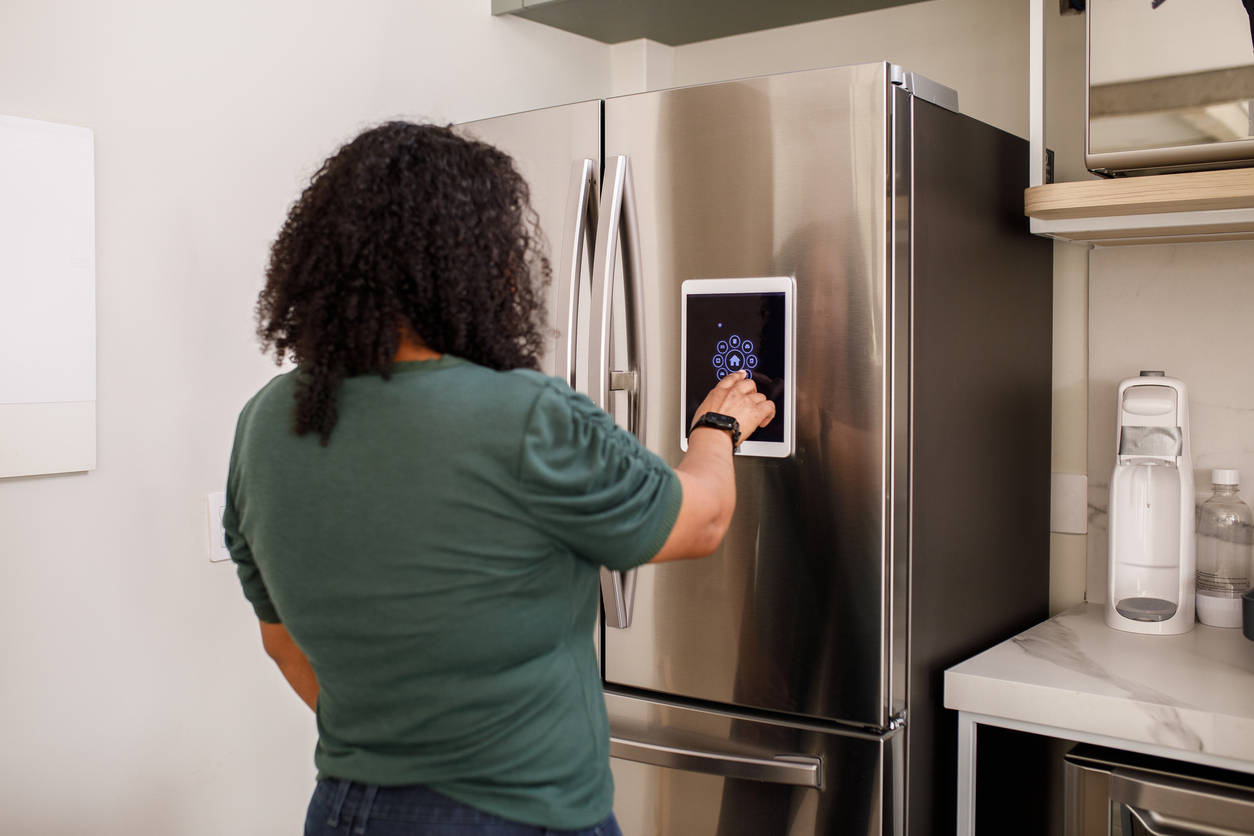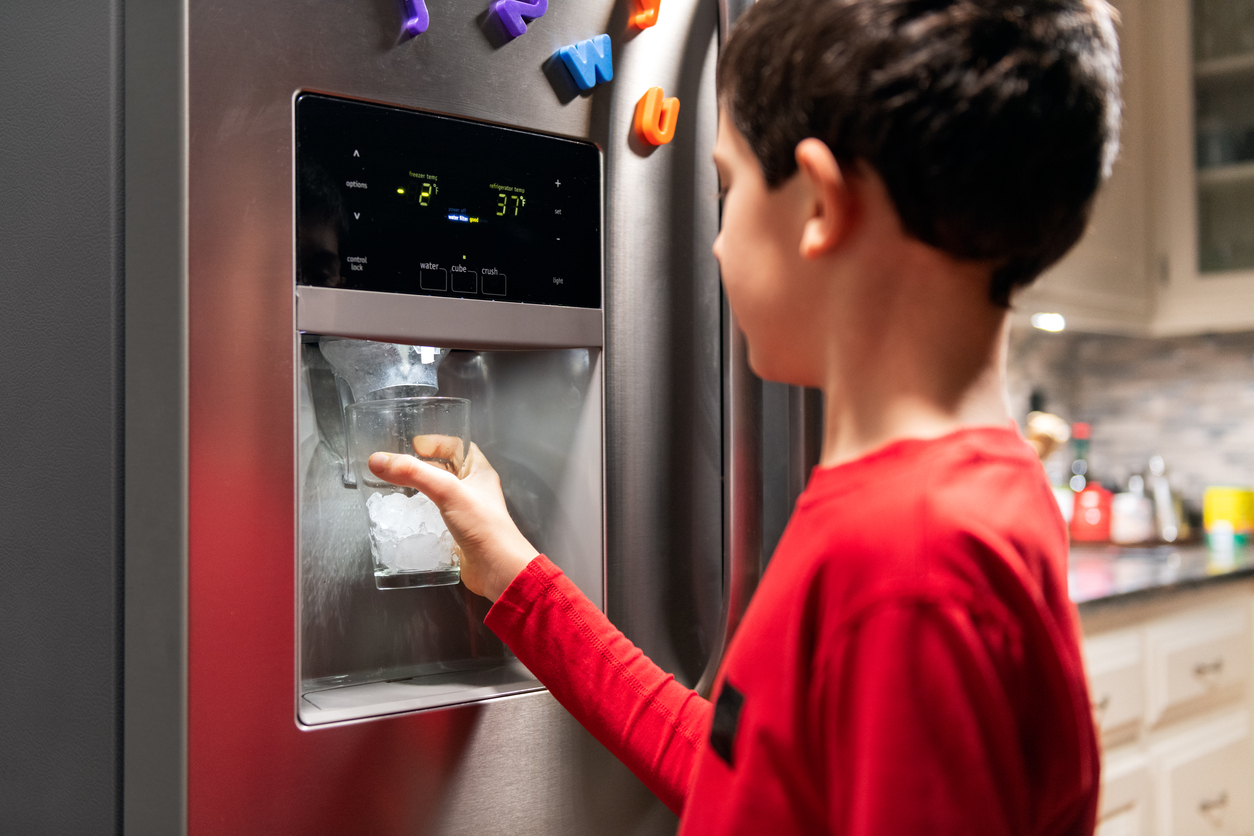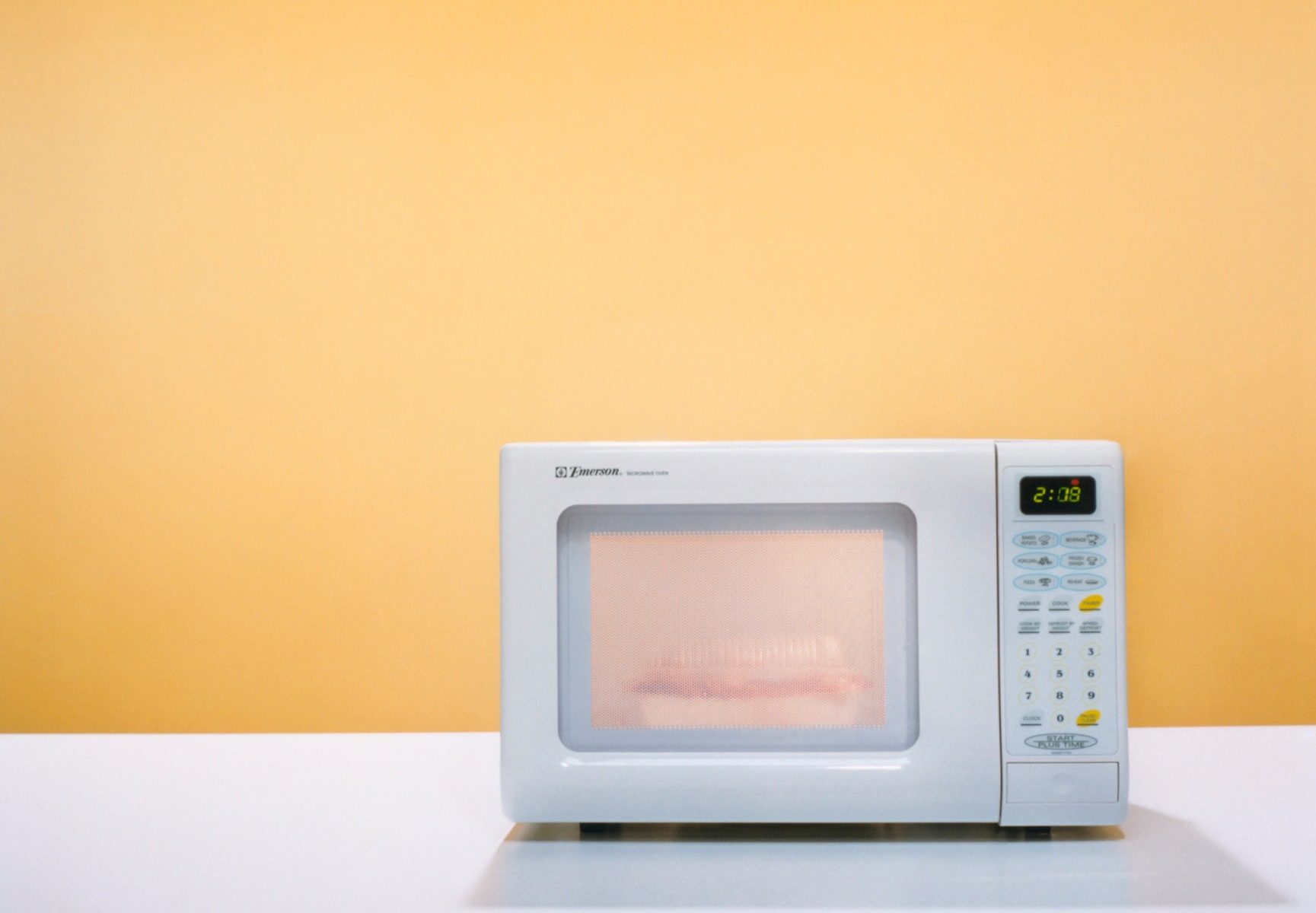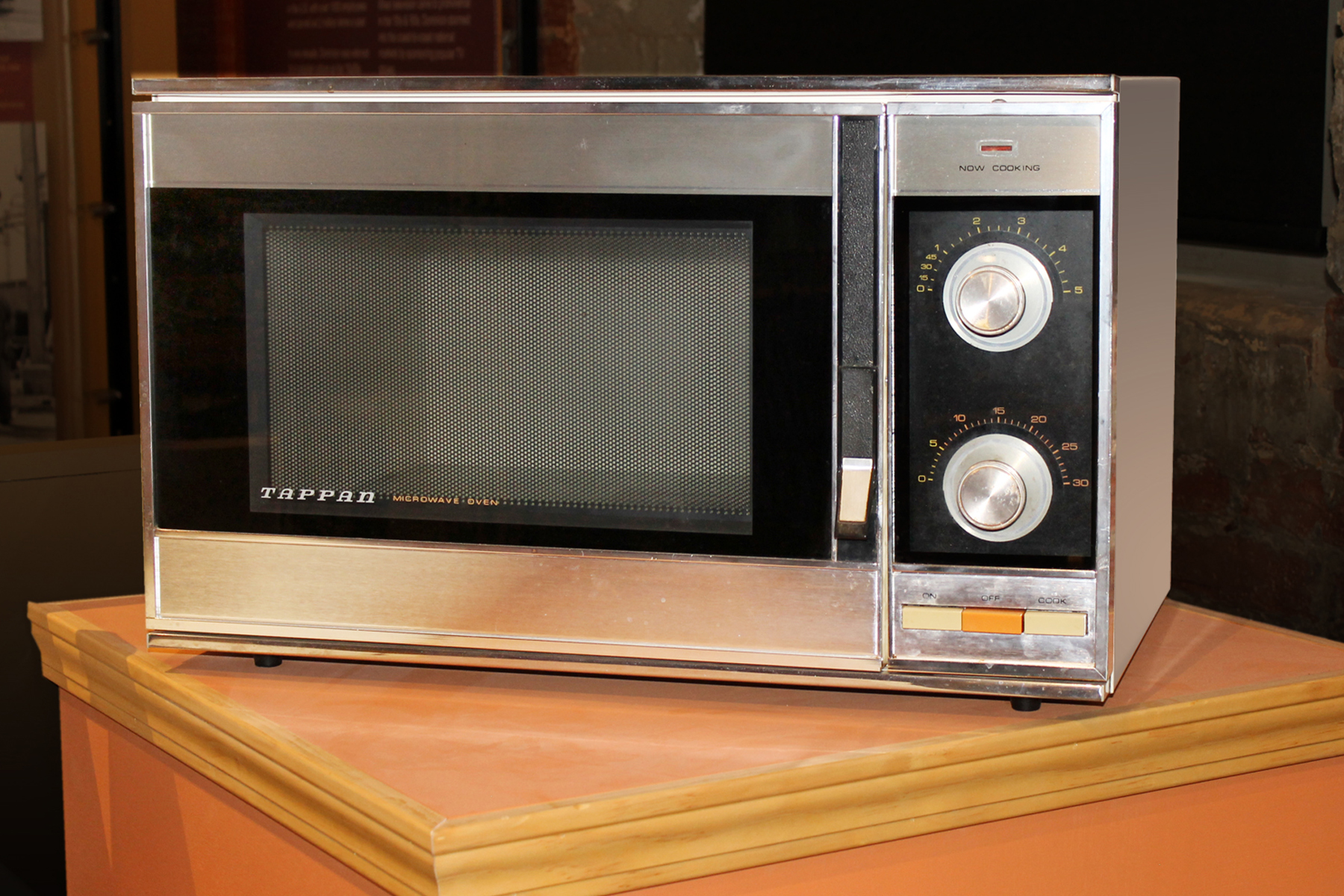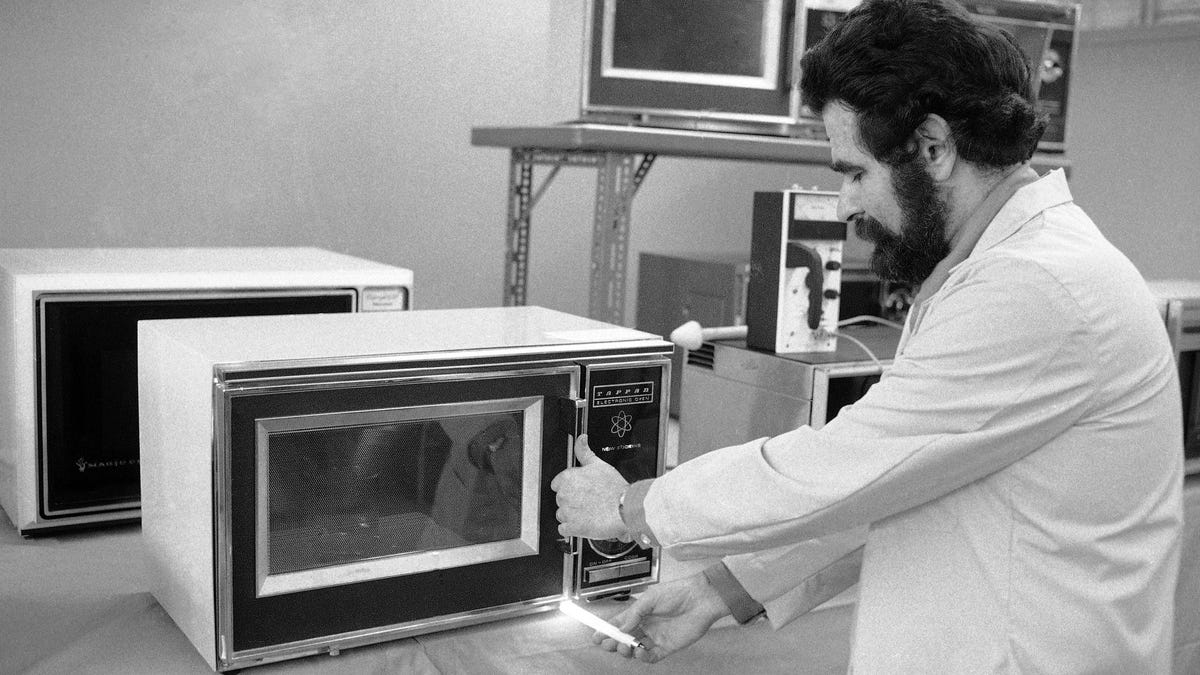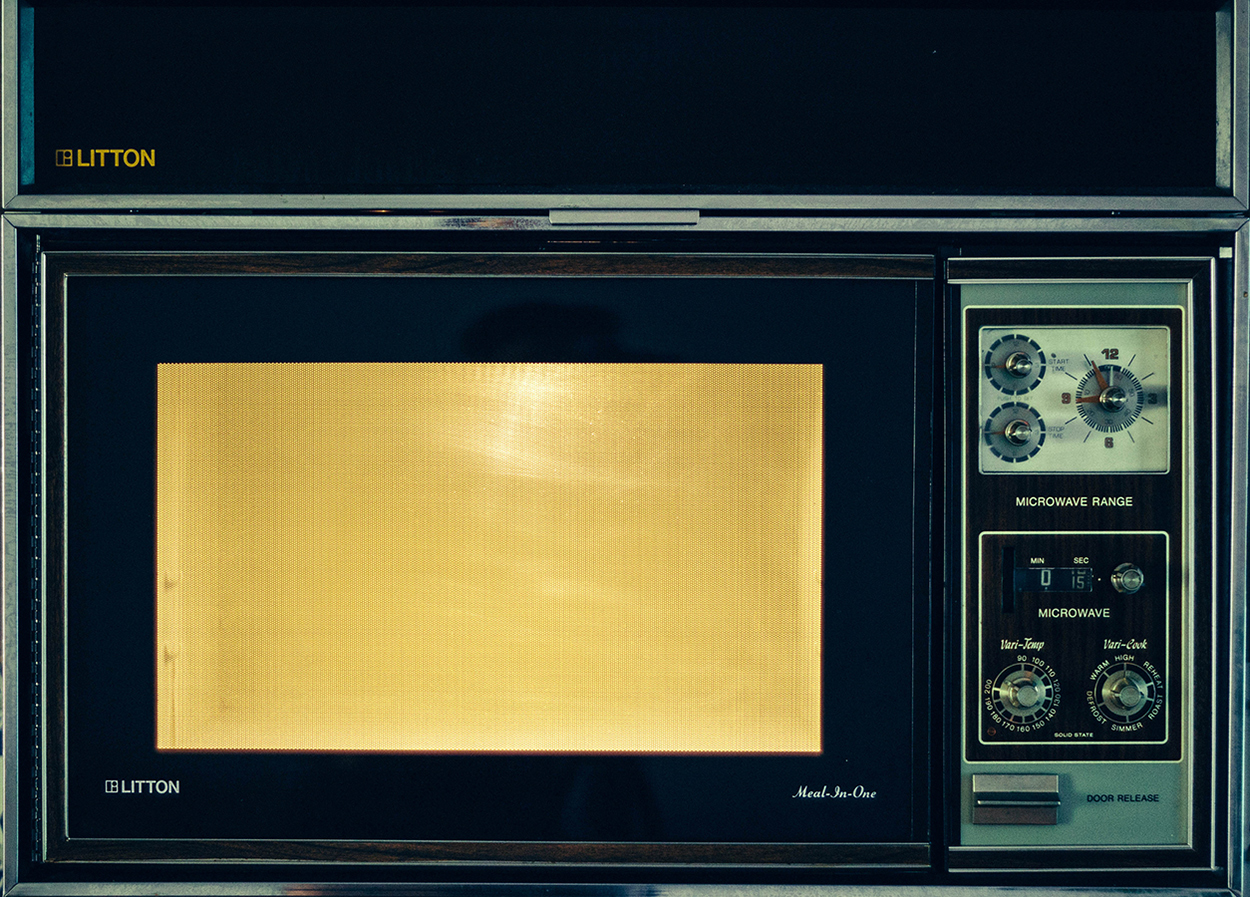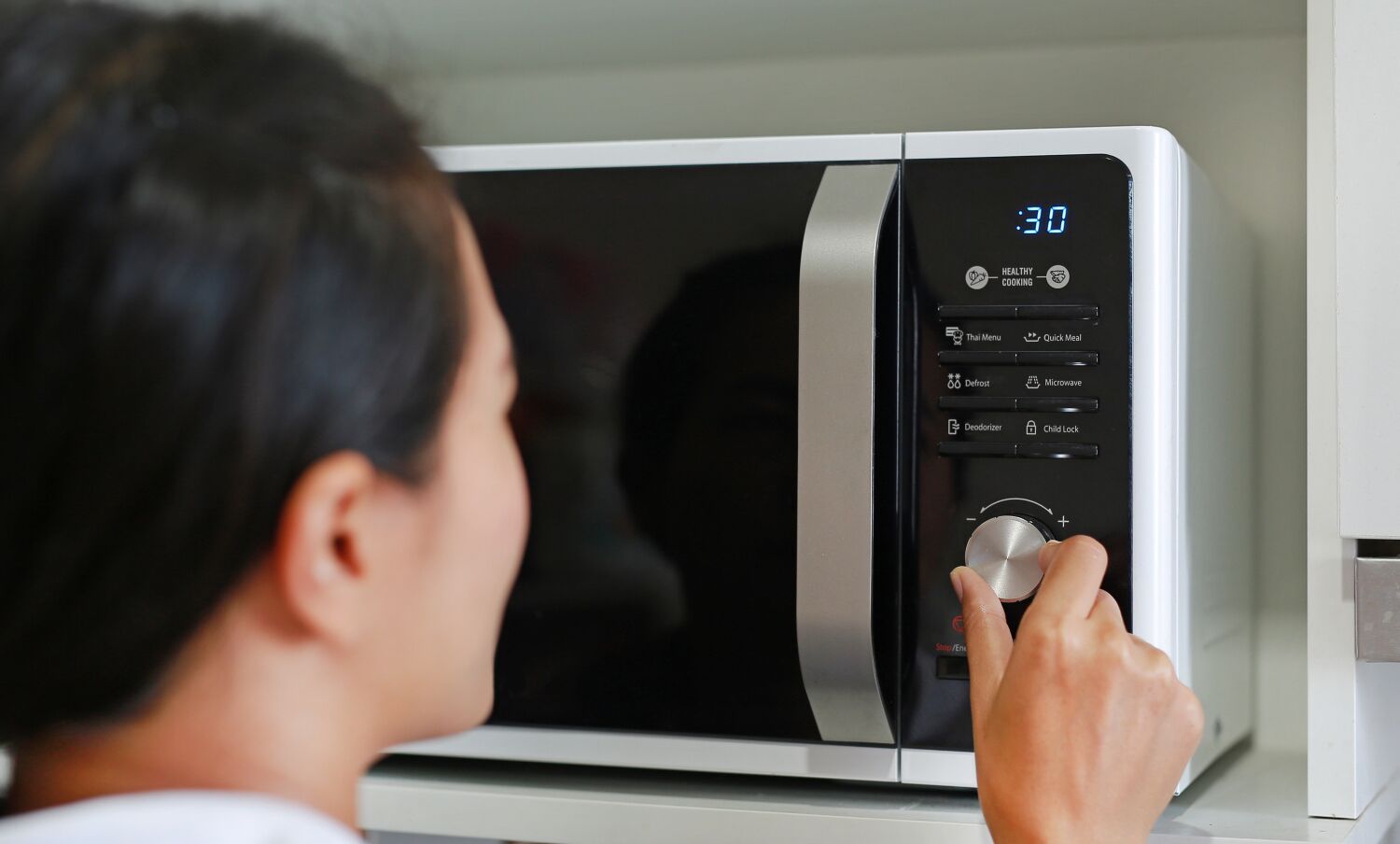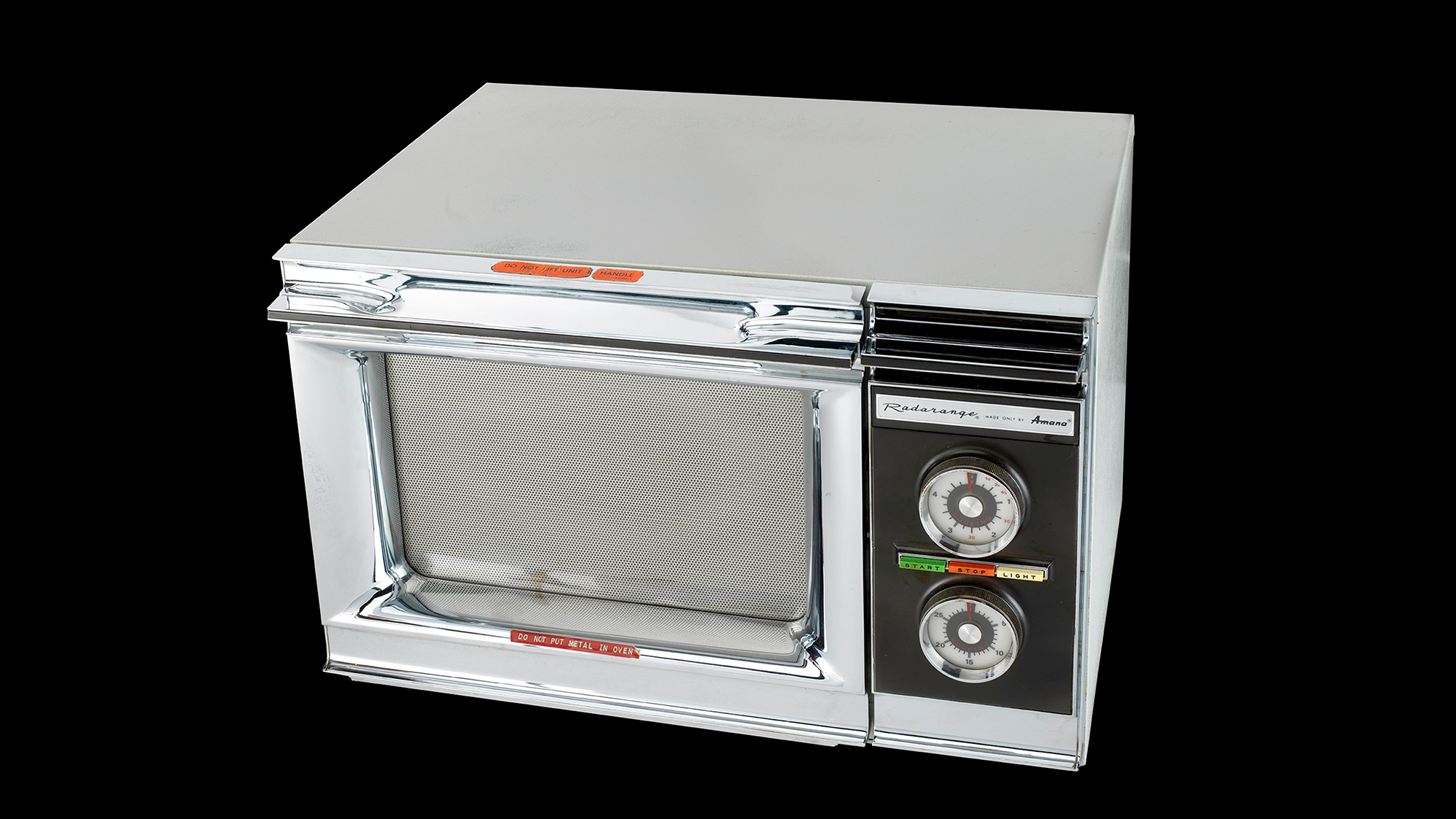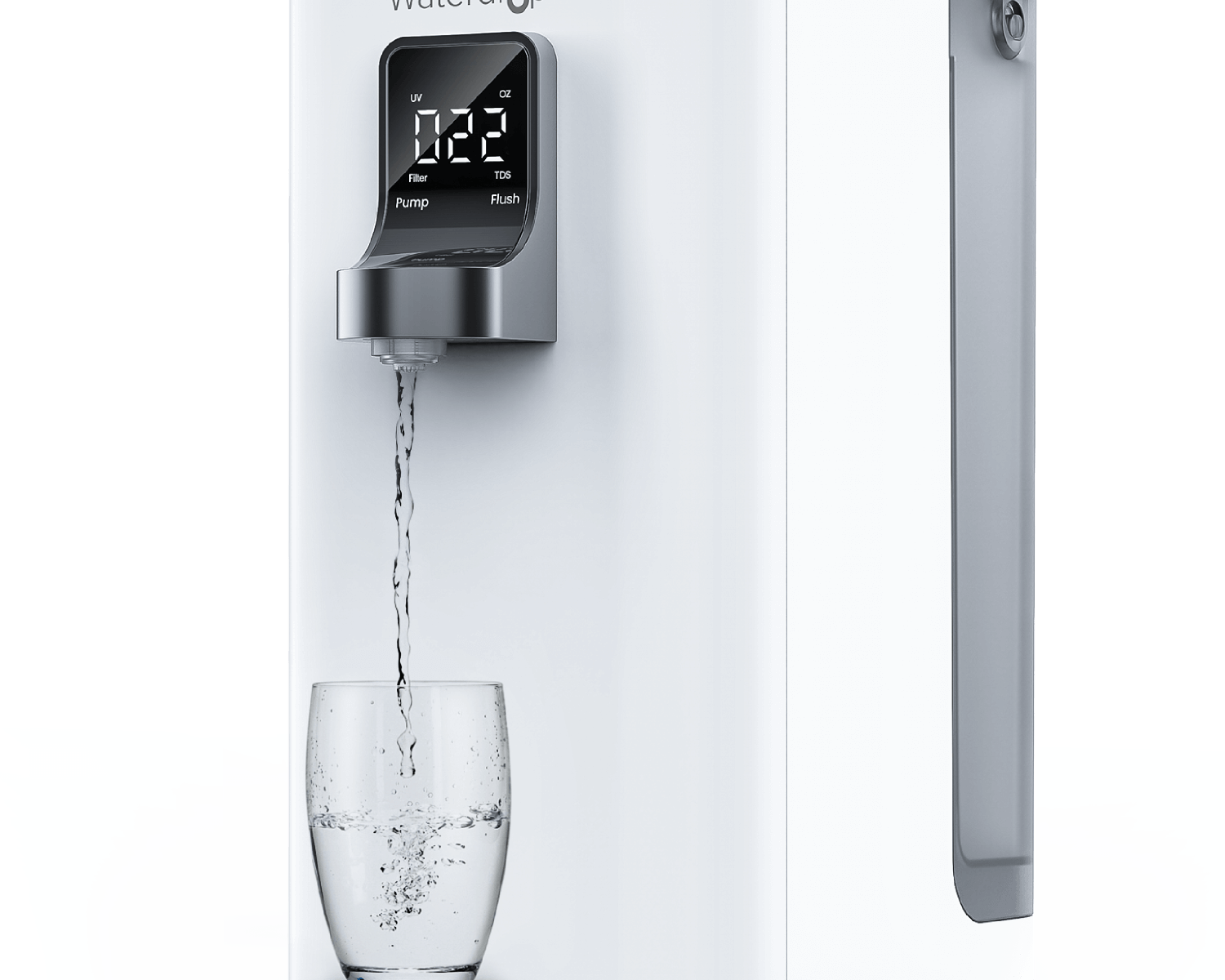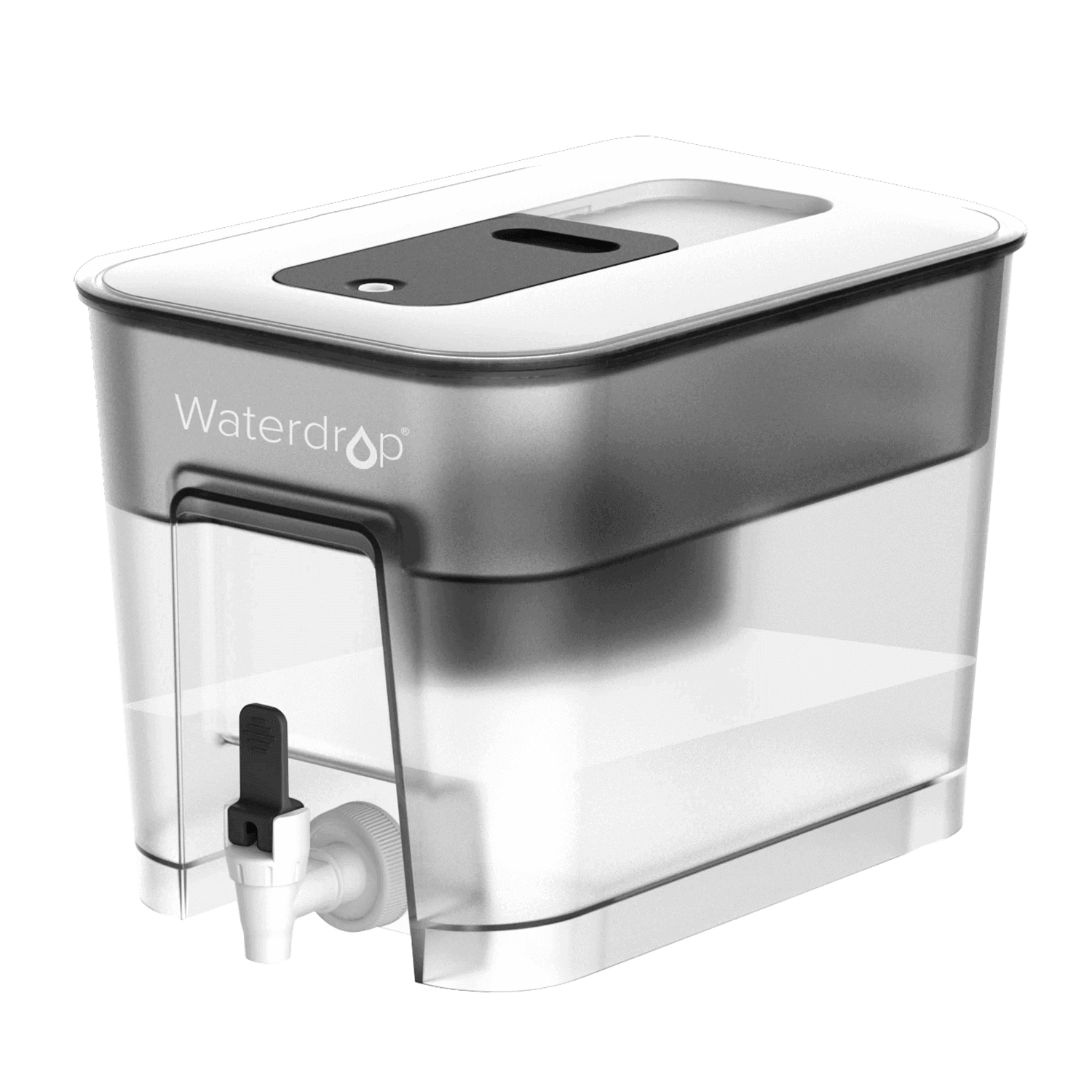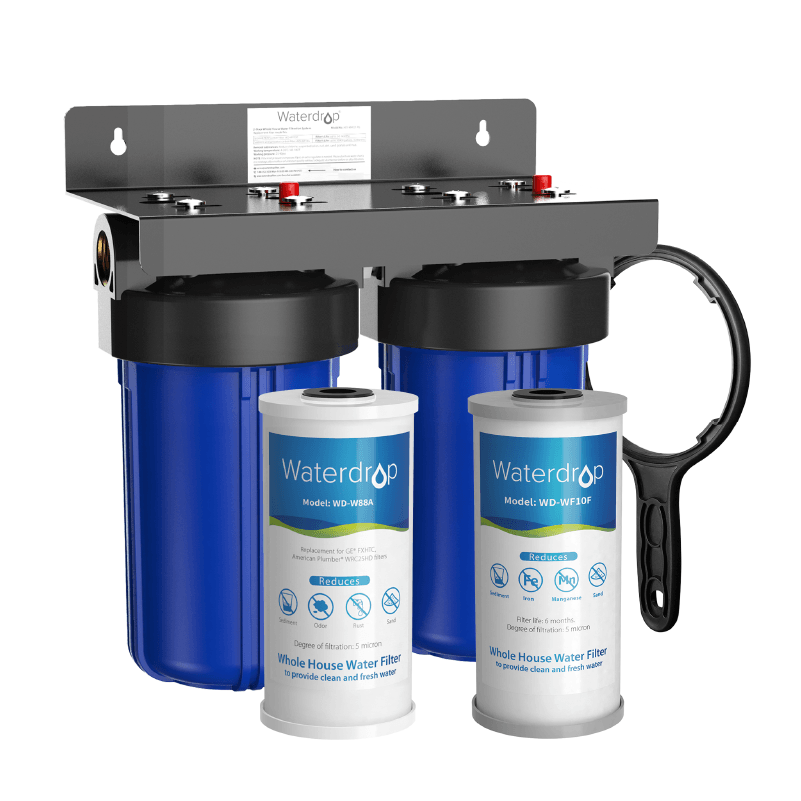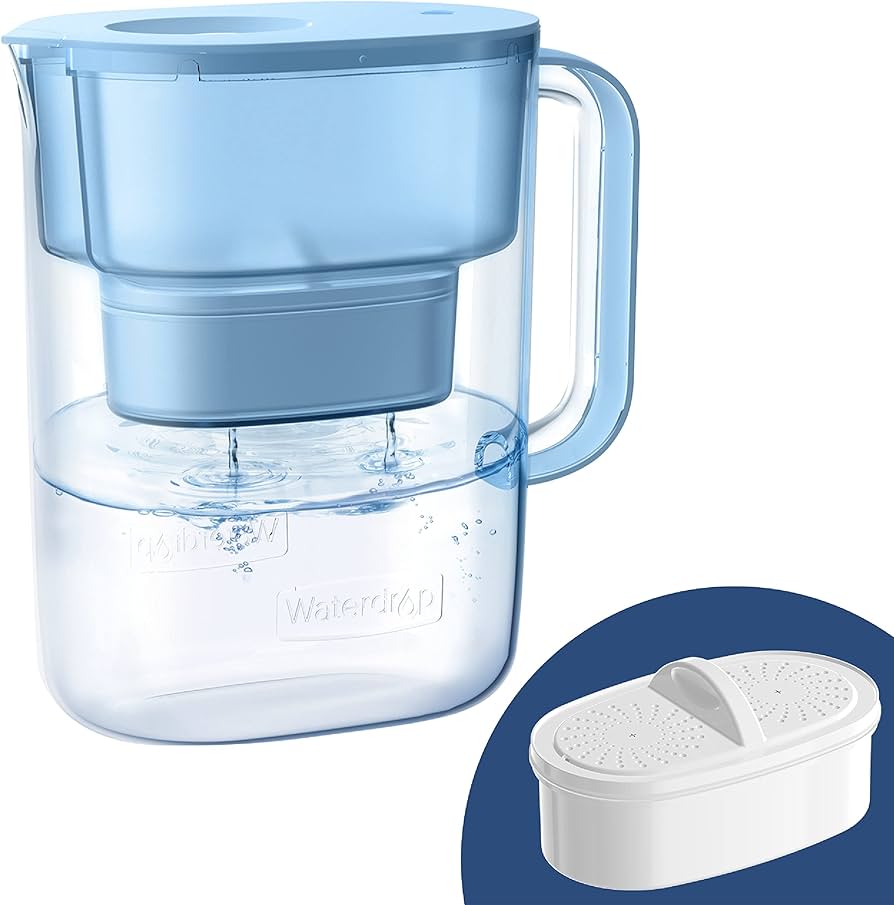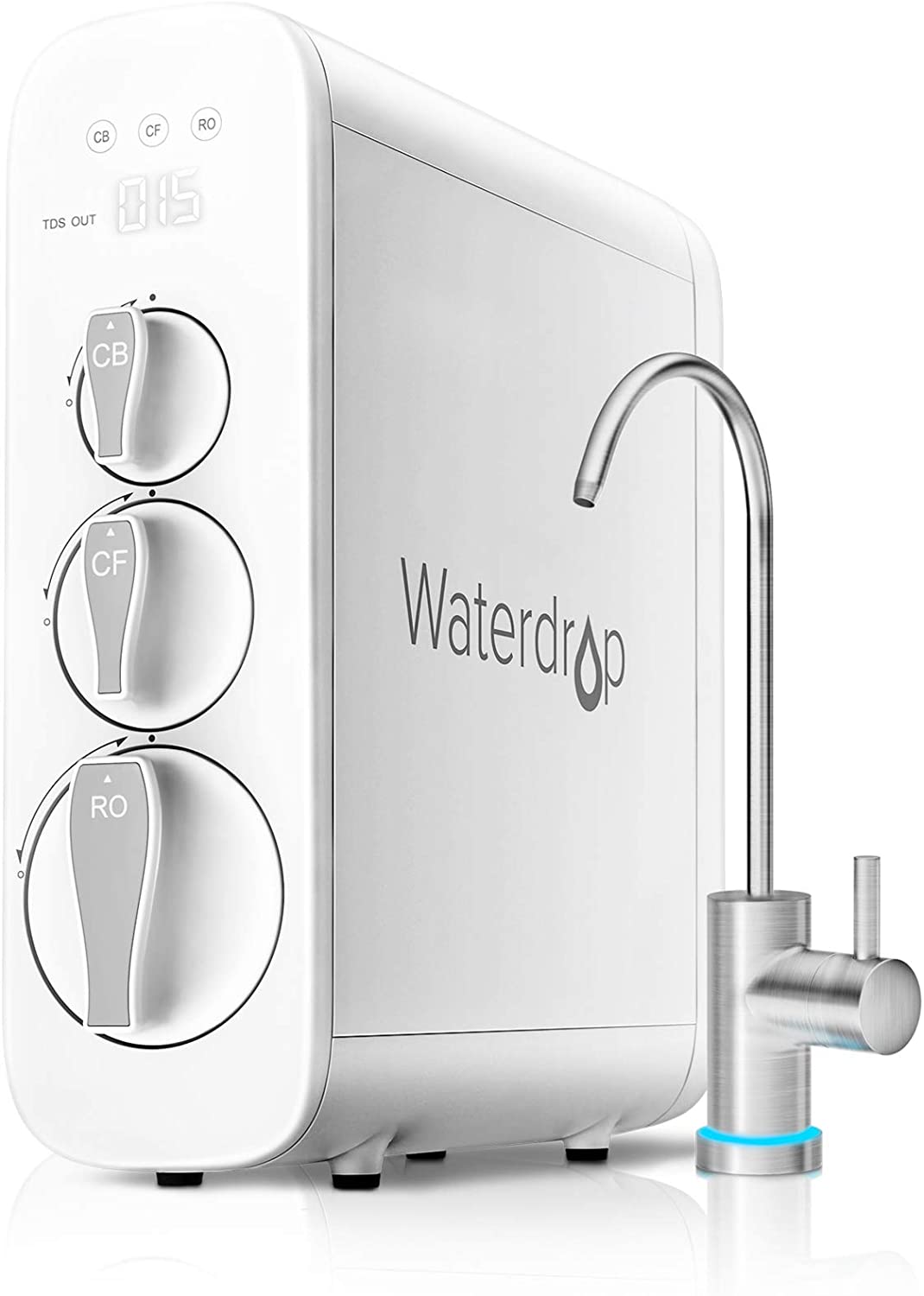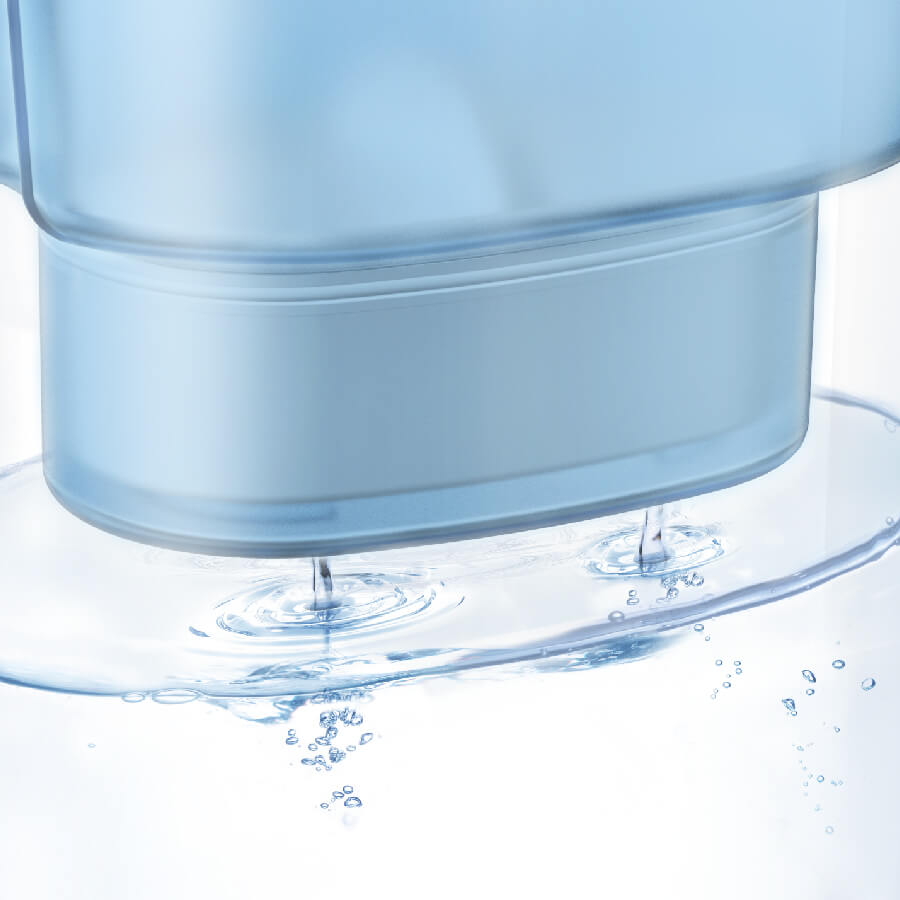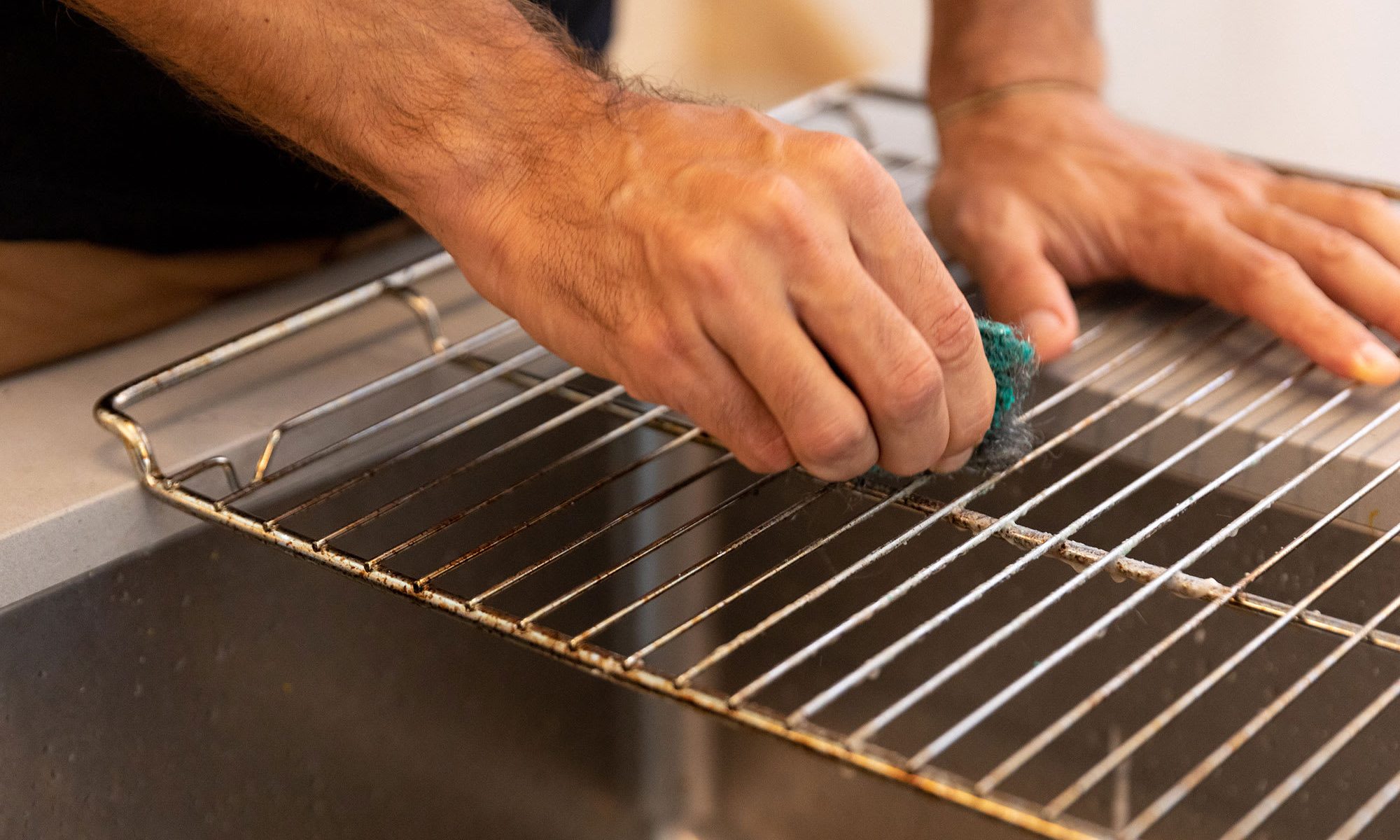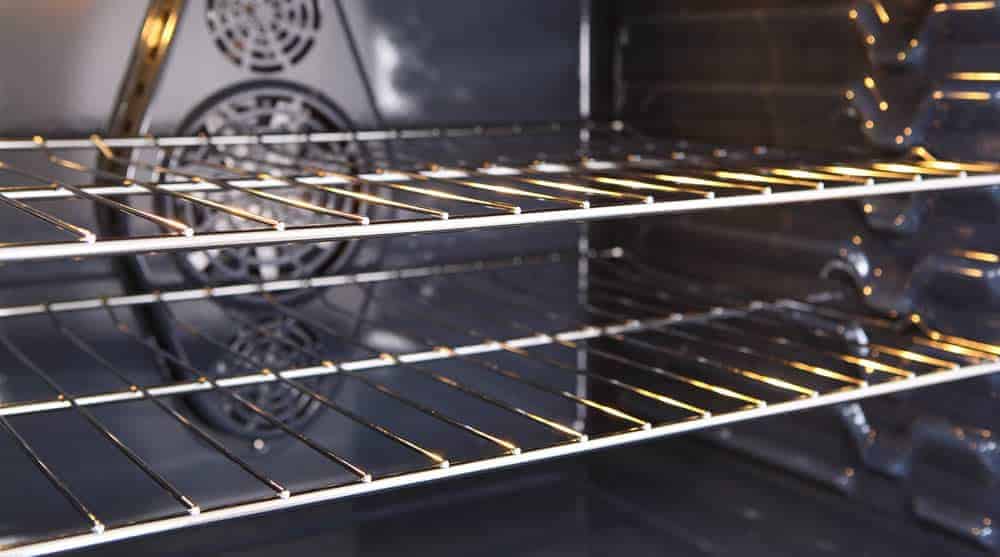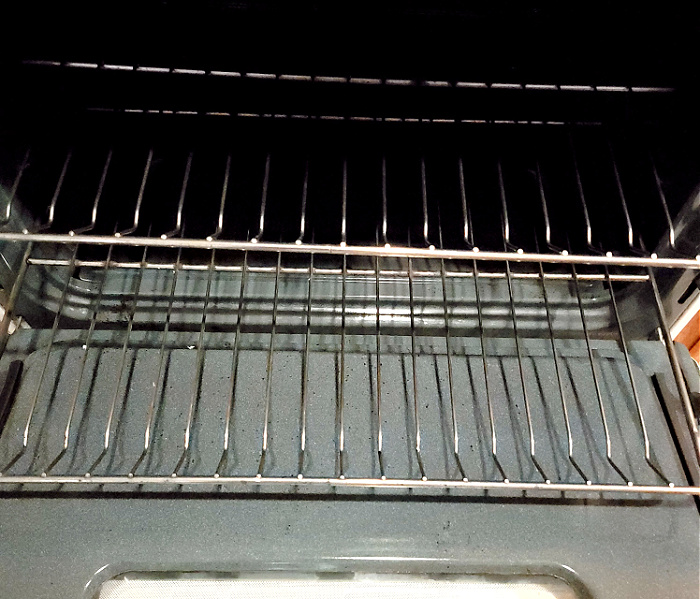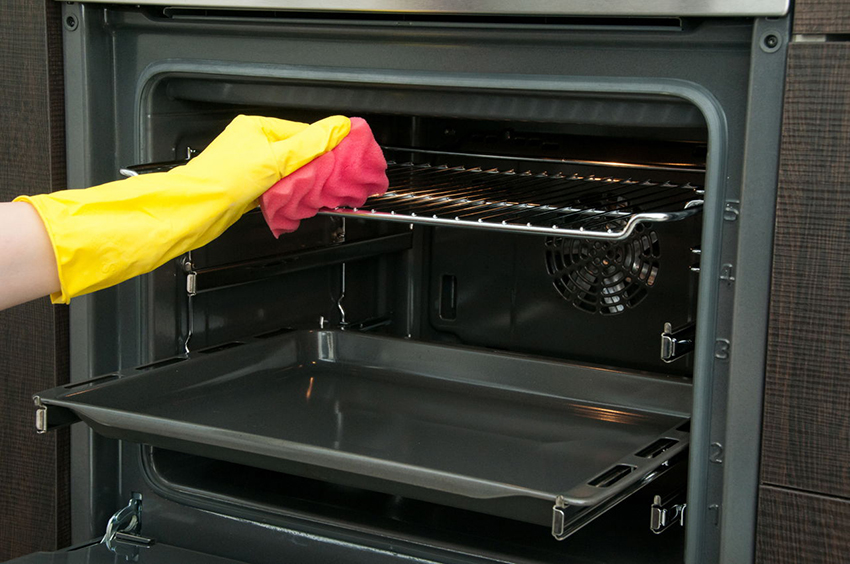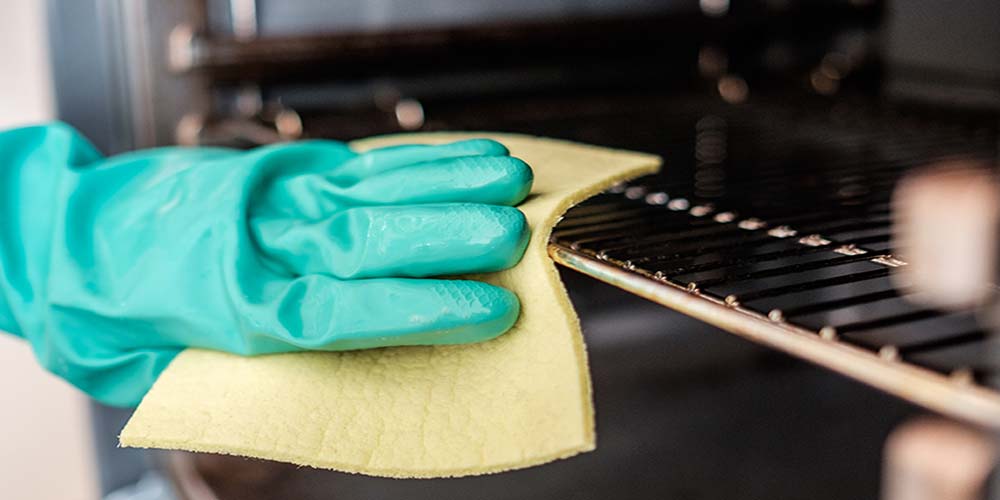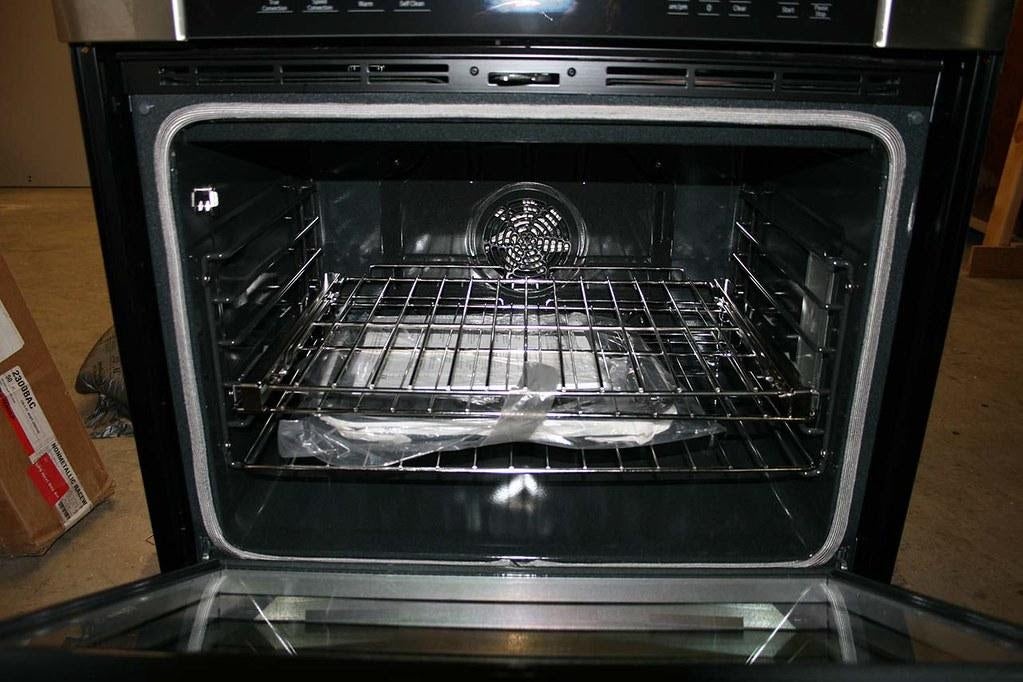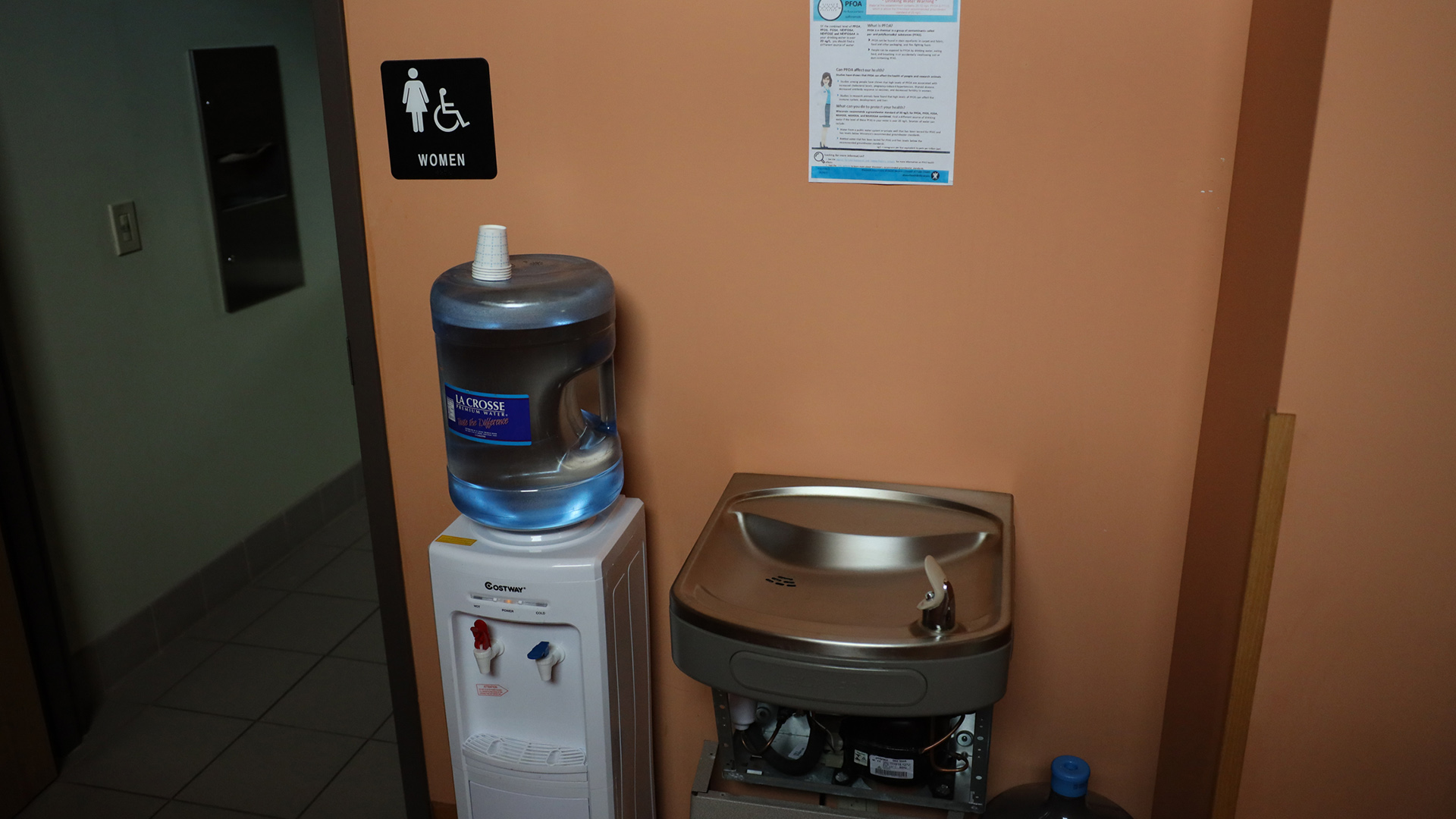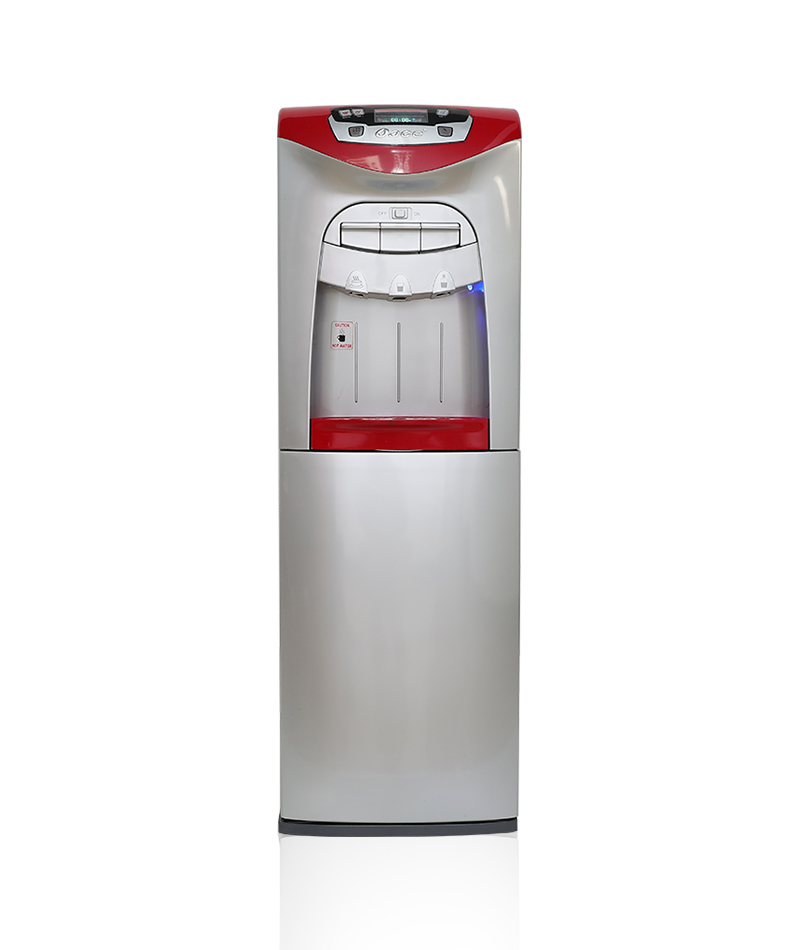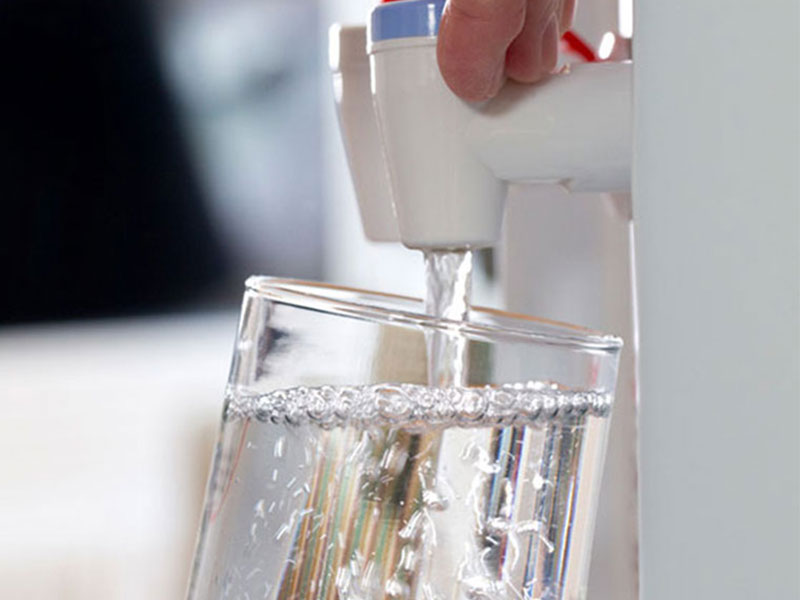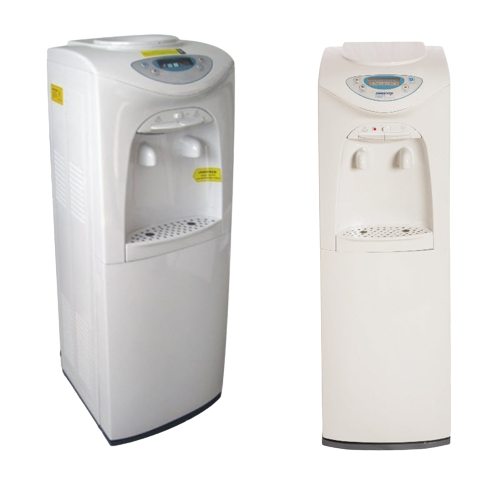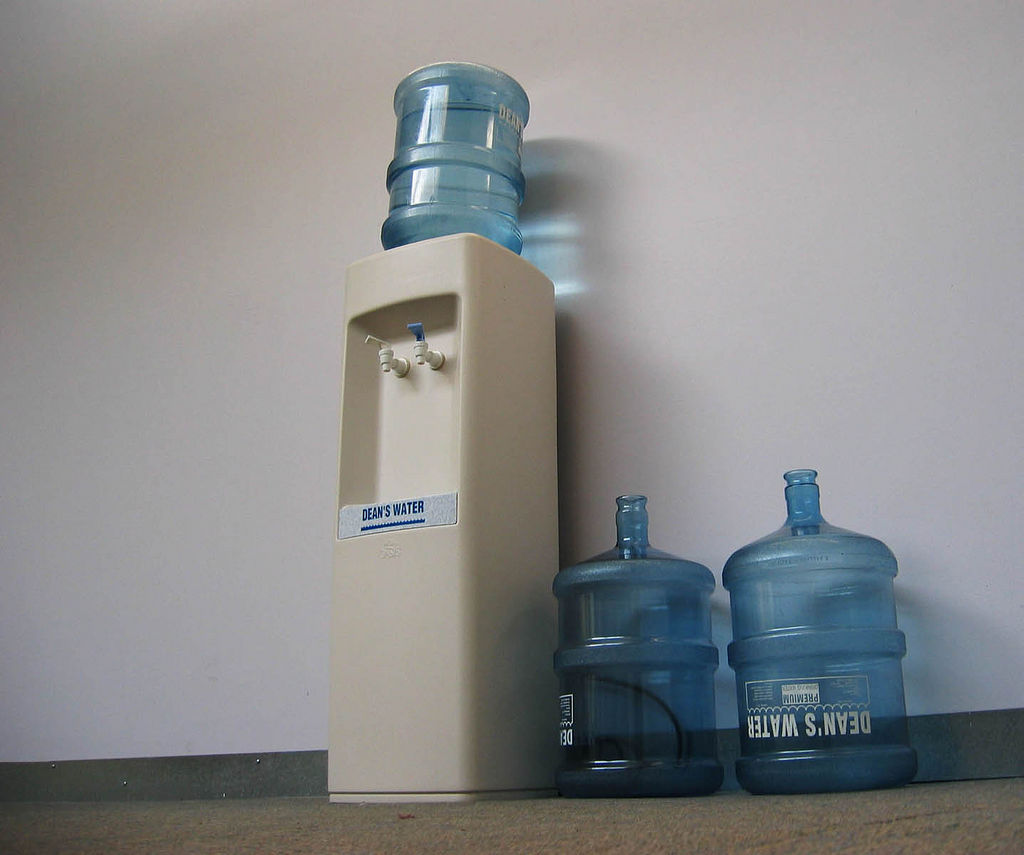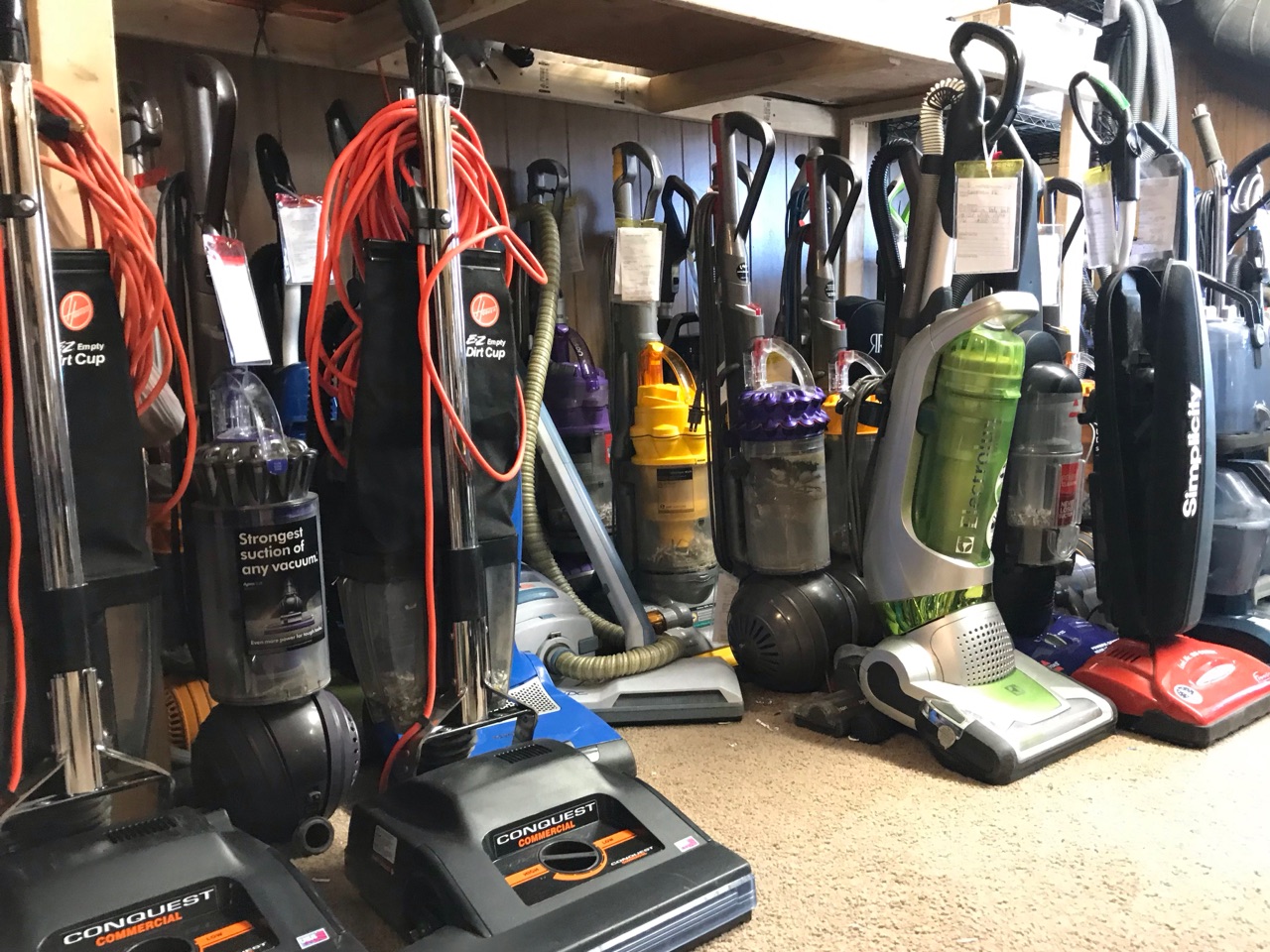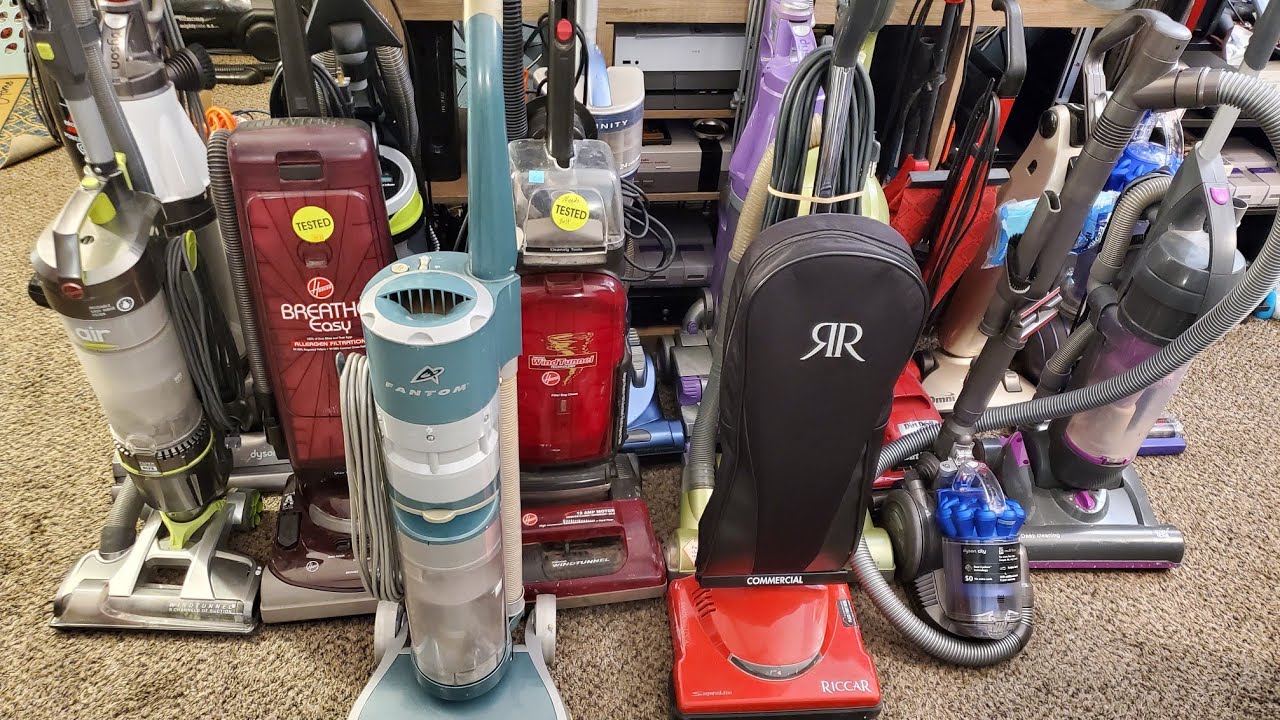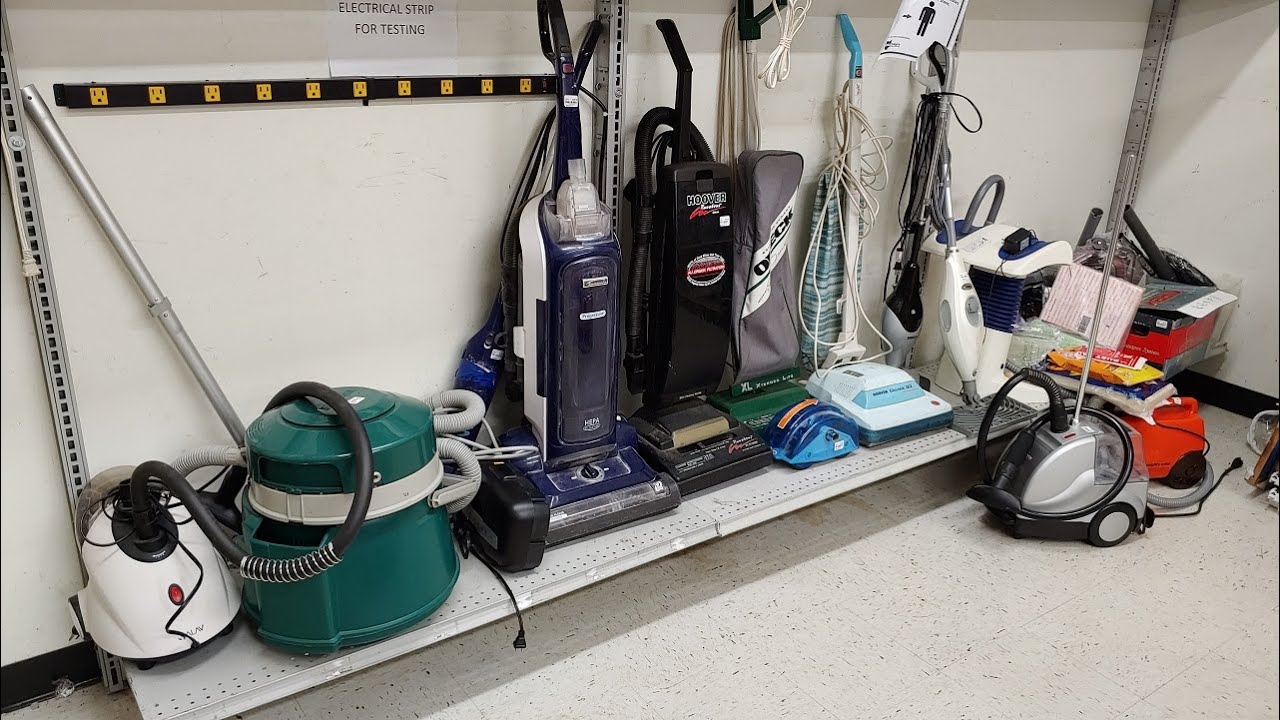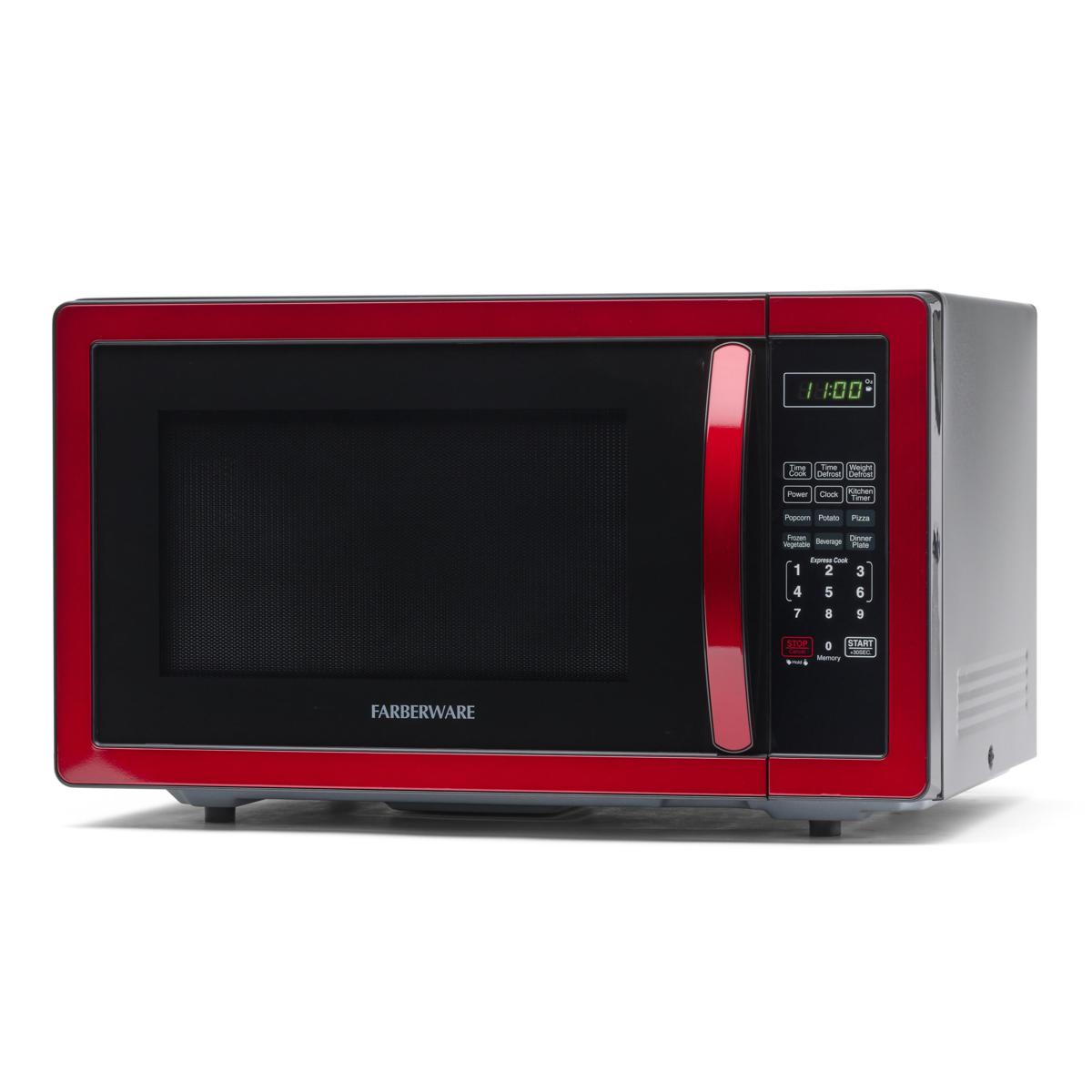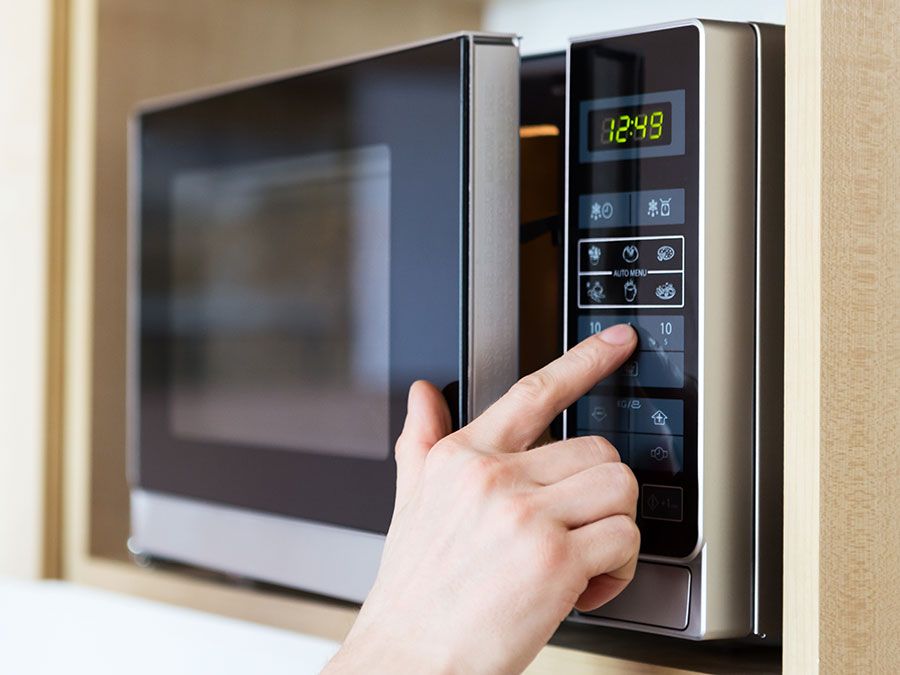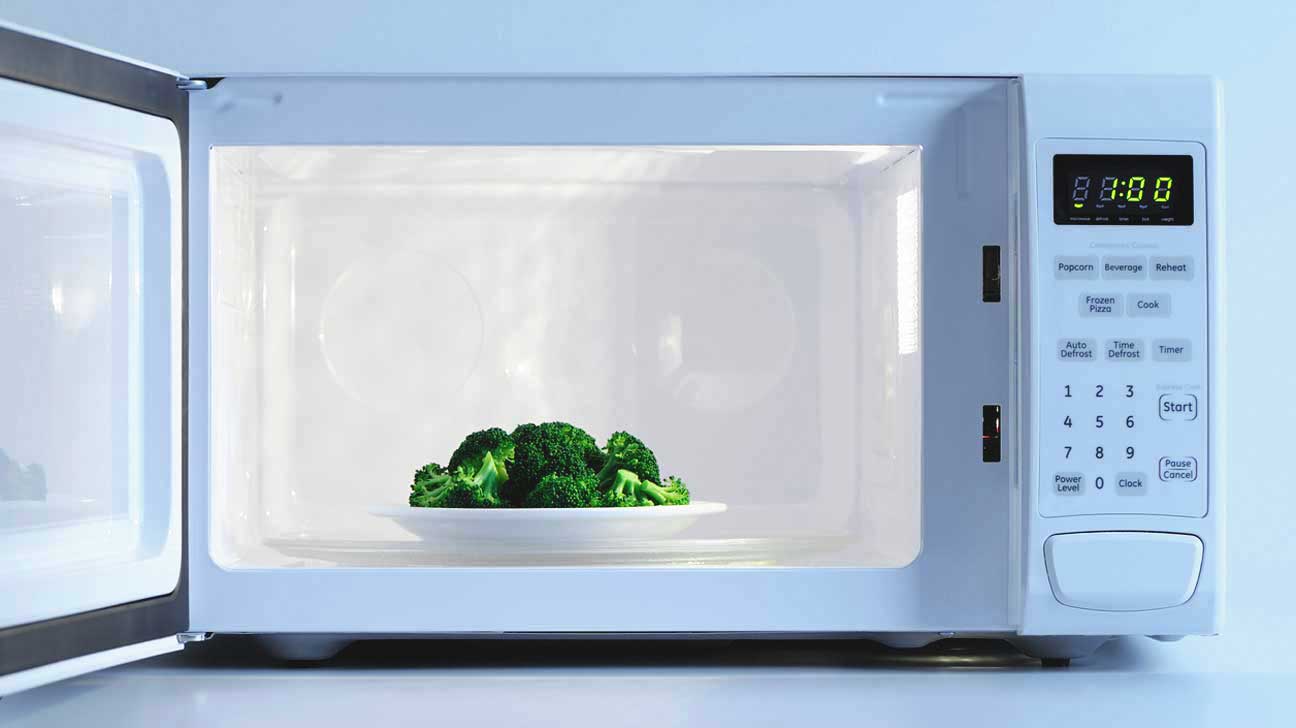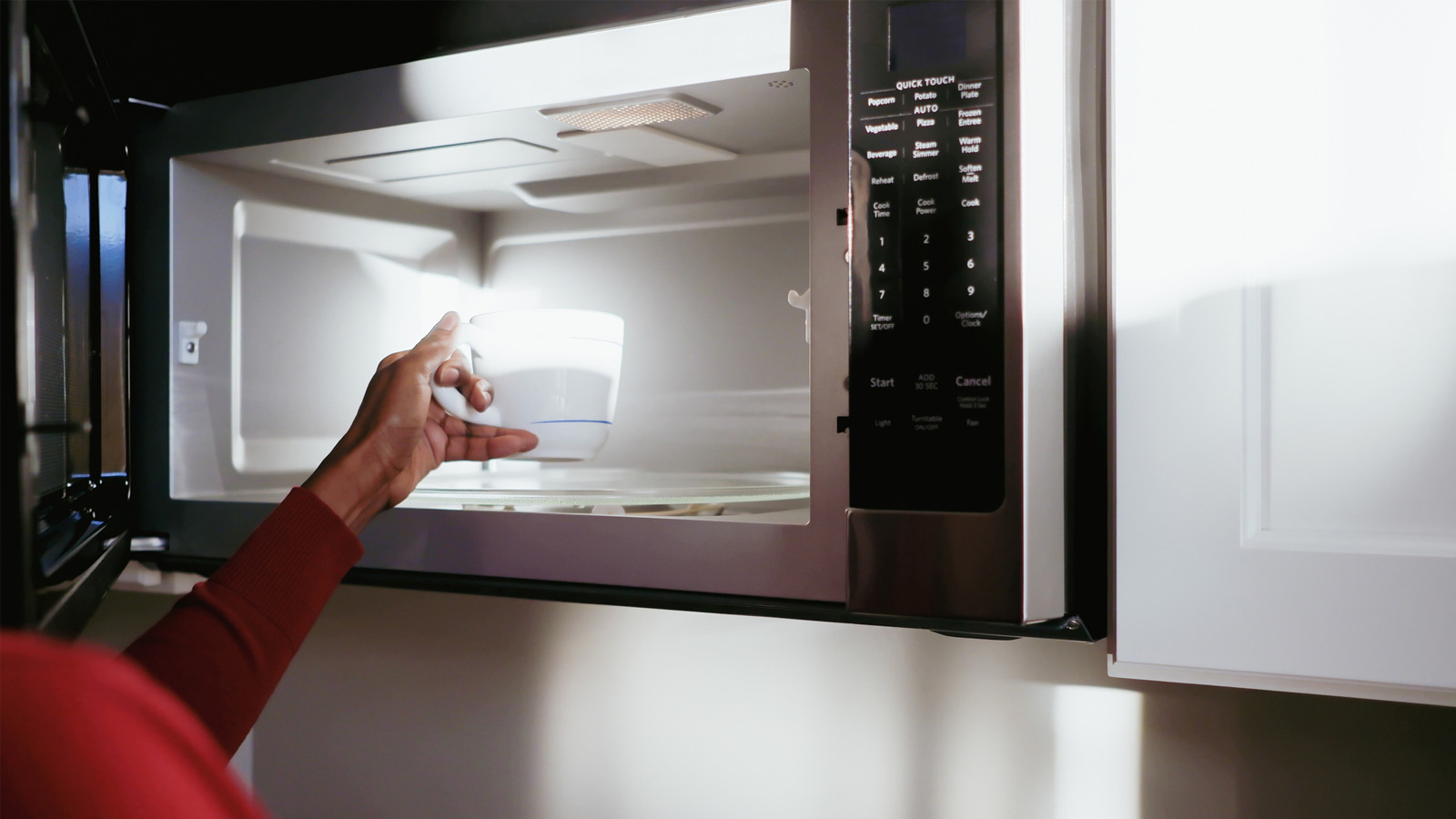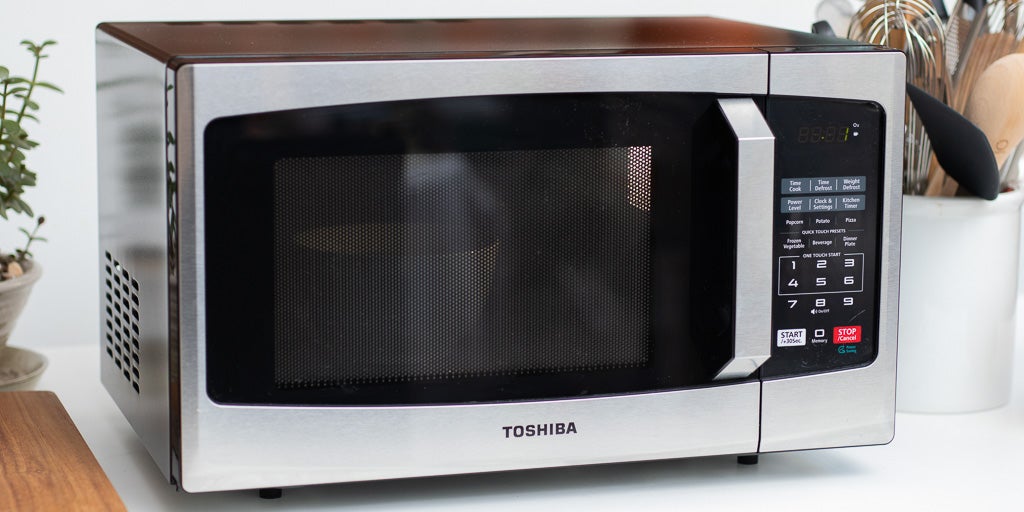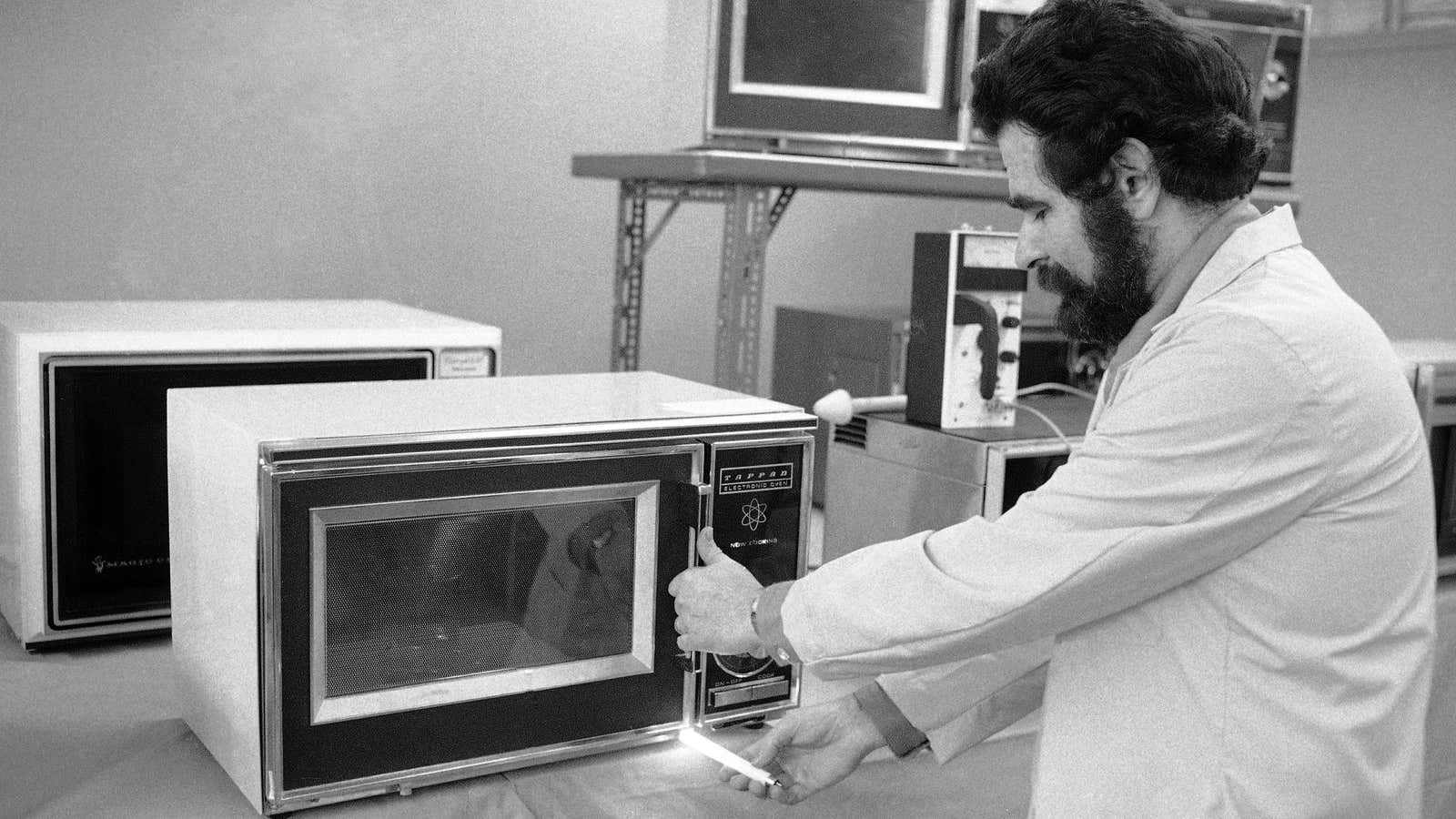Introduction:
Cleaning oven racks can be a laborious and challenging task, with burnt-on grease and grime often proving difficult to remove. Fortunately, there is a simple and effective solution – ammonia. In this article, we will explore how to clean oven racks with ammonia, utilizing its powerful cleaning properties to tackle even the toughest baked-on residue. From preparing the racks to the step-by-step cleaning process, join us as we discover an efficient and hassle-free method for restoring the shine and cleanliness of your oven racks.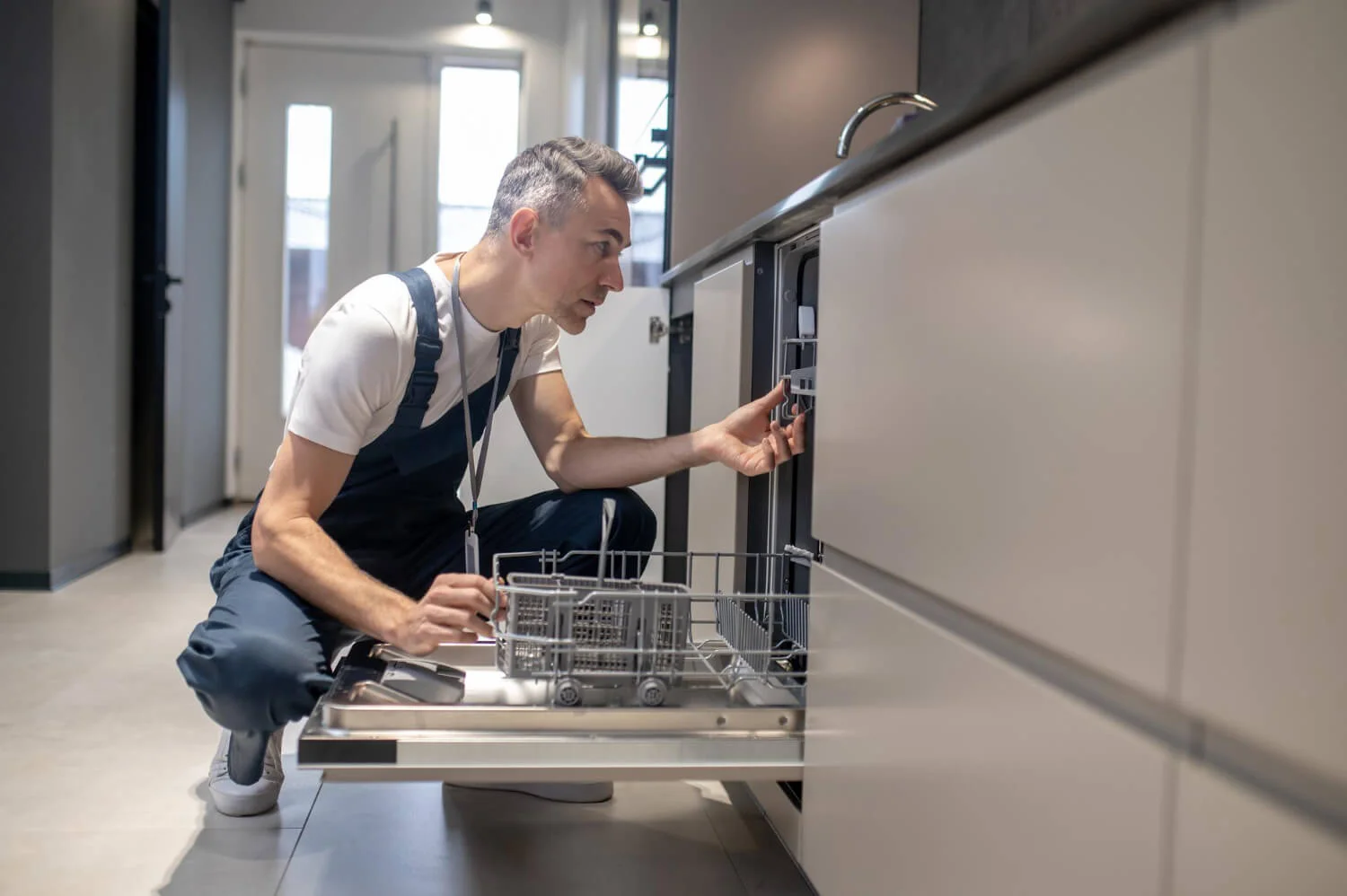
Preparing the Area: Gathering Supplies and Ensuring Safety
Before diving into the process of cleaning oven racks with ammonia, it is crucial to gather the necessary supplies and take safety precautions.
Essential Supplies: Gathering the Tools You’ll Need:
To clean your oven racks with ammonia, you’ll need the following supplies:
- Ammonia (household-grade)
- Large garbage bags or plastic bin
- Rubber gloves
- Old towels or rags
- Scrub brush or sponge
- Mild dish soap
- Warm water
Having these supplies on hand ensures a smooth and efficient cleaning process.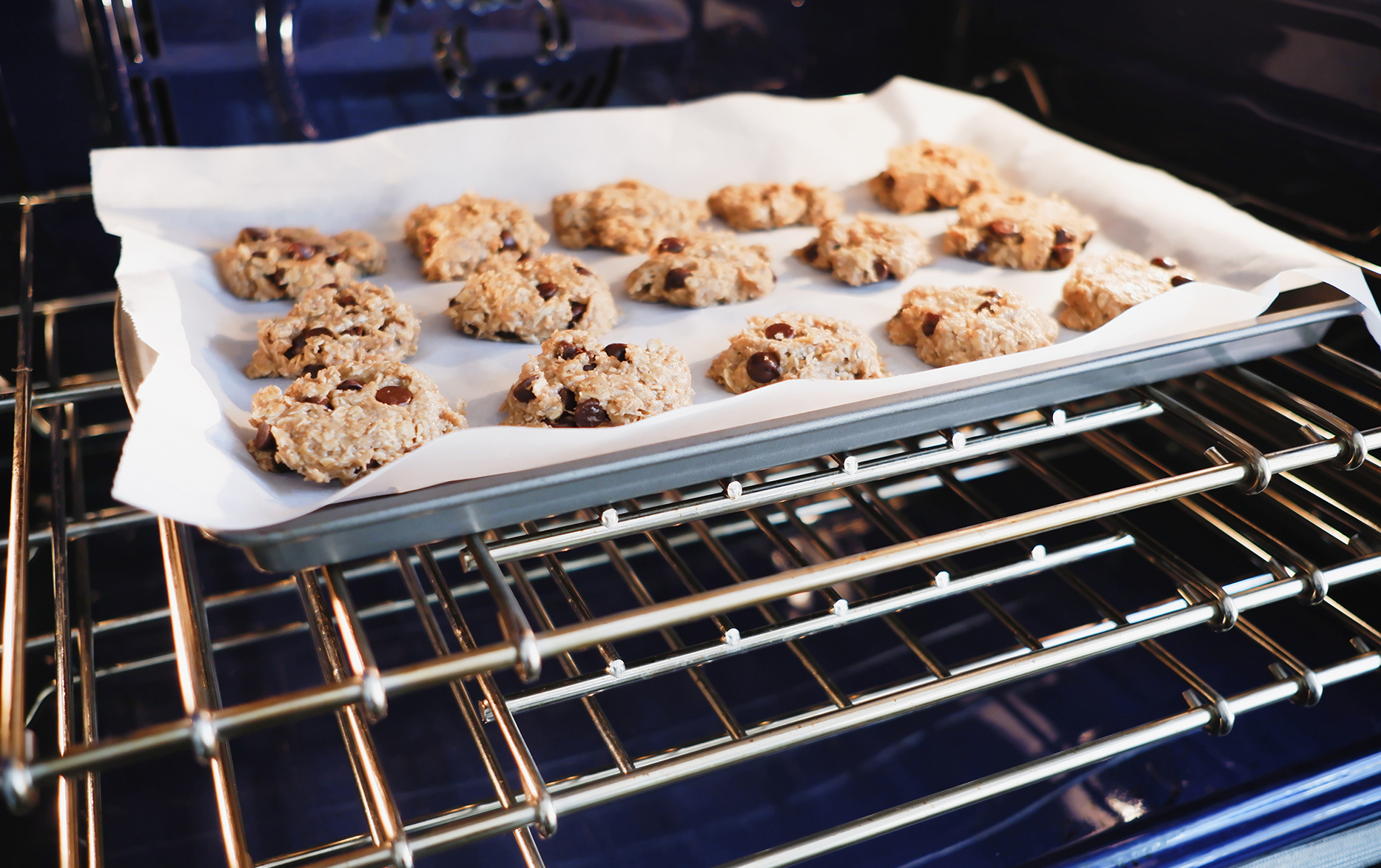
Promoting Safety: Protecting Yourself and Your Environment:
When working with ammonia, it is essential to prioritize safety. Ensure proper ventilation in the area by opening windows and using fans. Avoid inhaling the fumes by wearing a mask if necessary. Additionally, protect your hands by wearing rubber gloves throughout the entire cleaning process. By taking these safety measures, you can ensure a safe and comfortable cleaning experience.
Soak and Clean: Step-by-Step Process with Ammonia
Cleaning oven racks with ammonia involves a straightforward step-by-step process, beginning with soaking and followed by a thorough cleaning.
Soaking the Oven Racks: Preparing the Ammonia Solution:
- Place the oven racks in a large garbage bag or a plastic bin suitable for soaking.
- Pour about 1/2 cup of ammonia directly onto each oven rack.
- Seal the garbage bag or cover the bin with a lid to avoid leakage.
- Leave the racks to soak for at least 6-8 hours or overnight to allow the ammonia to break down the baked-on residue.
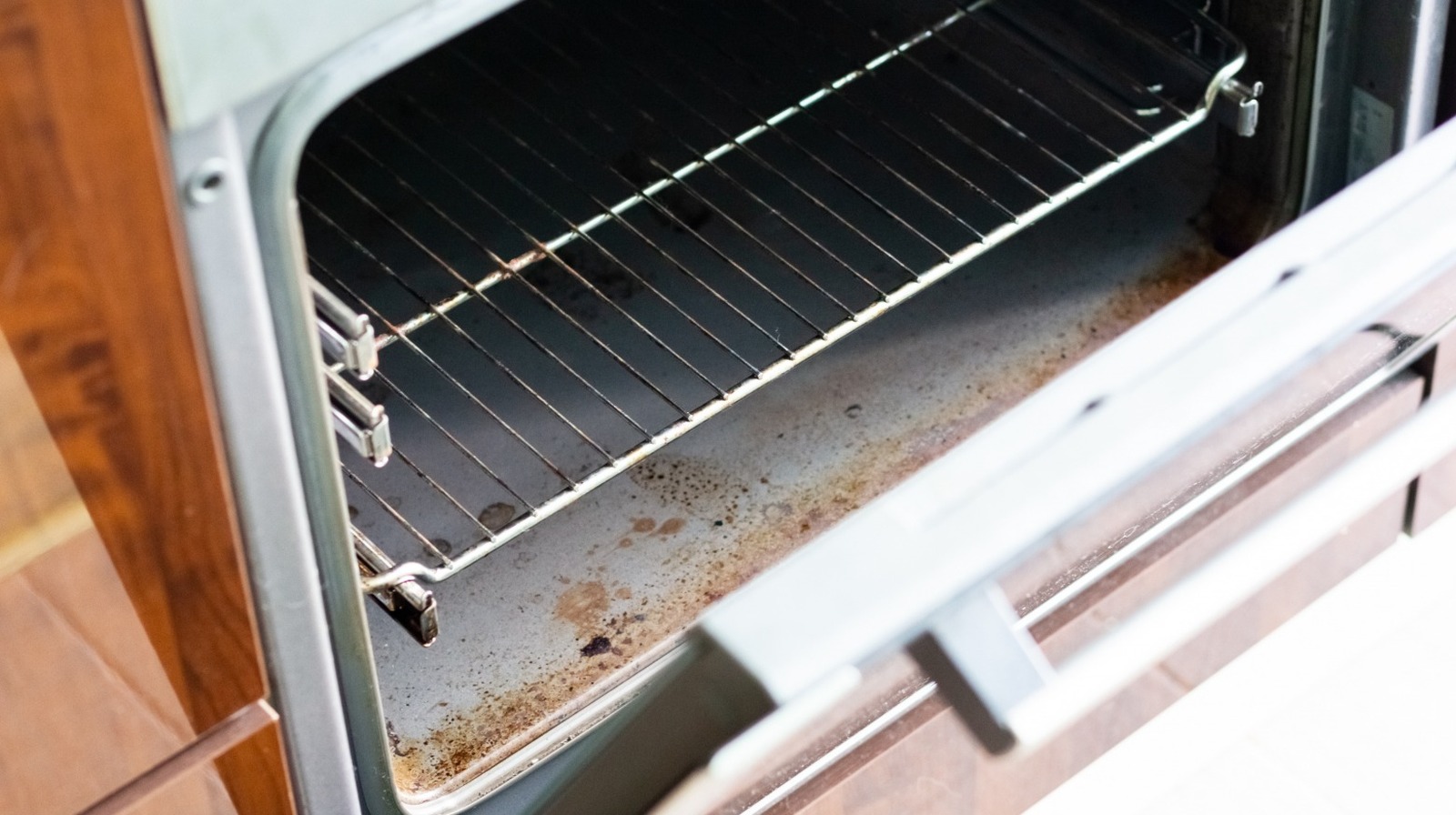
Scrubbing Away Grime: Cleaning the Oven Racks:
- After the soaking period, carefully remove the oven racks from the bag or bin.
- Rinse the racks thoroughly under running water to wash away loose debris and excess ammonia.
- Mix warm water with mild dish soap in a sink or basin.
- Using a scrub brush or sponge, gently scrub the racks to remove any remaining grime or residue.
- Rinse the racks once more under clean water to ensure all soap and grime are removed.
- Remove excess water by patting the racks with old towels or rags.
- Allow the racks to air dry completely before reinserting them into the oven.
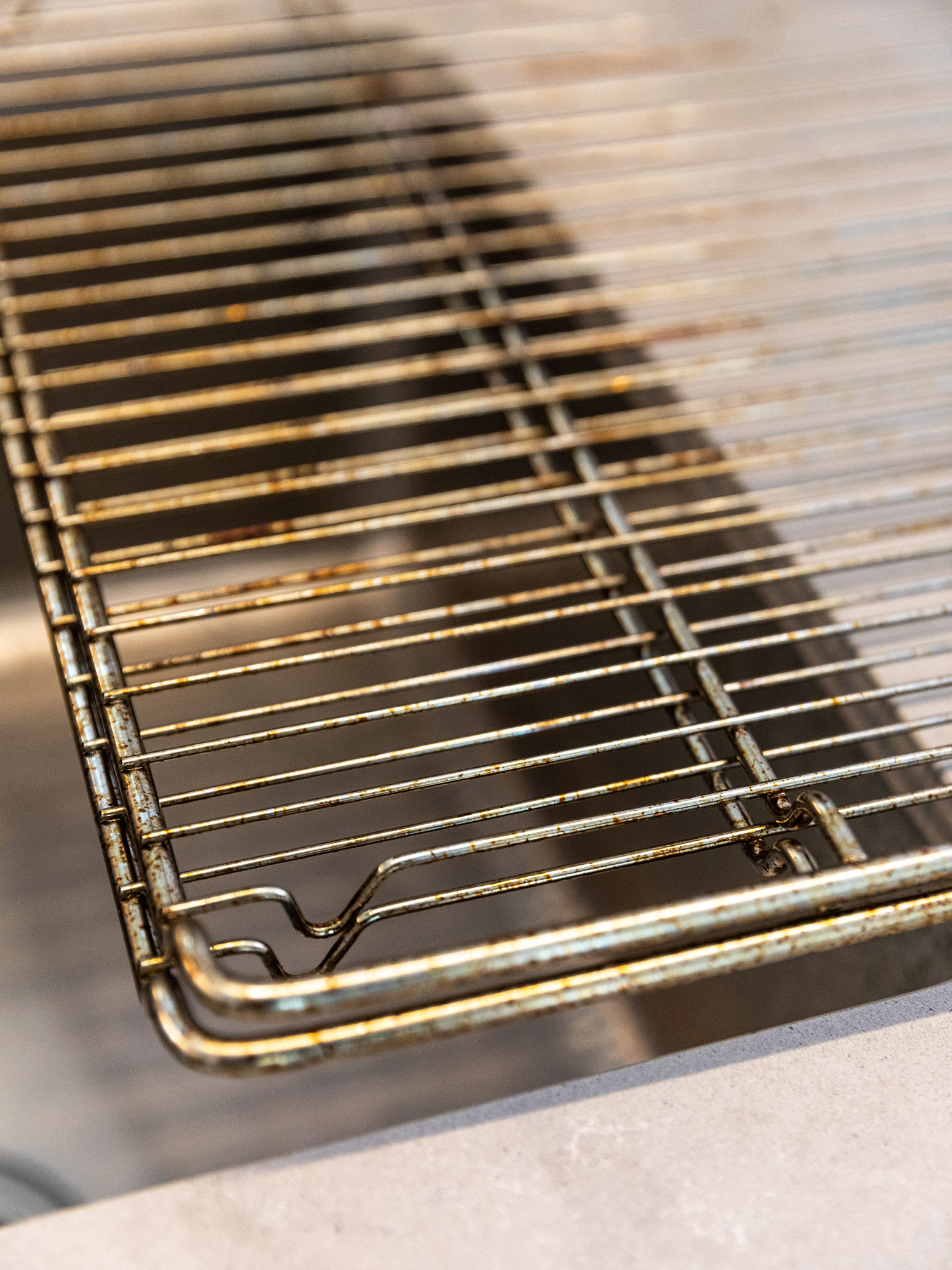
Aftercare: Maintaining Clean Oven Racks
Once you’ve successfully cleaned your oven racks with ammonia, it’s essential to maintain their cleanliness through regular maintenance and preventive measures.
Regular Maintenance: Incorporating Easy Cleaning Habits:
To keep your oven racks clean and reduce the need for heavy-duty cleaning in the future, consider incorporating the following habits:
- Wipe down racks regularly with a damp cloth after each use.
- Use a baking soda paste to tackle minor stains or residue.
- Apply a layer of aluminum foil to the racks before using the oven, preventing direct contact with spills or drips.
Prevention Measures: Using Oven Racks Safely:
To prevent excessive buildup and make future cleaning easier, consider the following measures:
- Use baking sheets or aluminum foil when cooking to prevent spills and drips on the racks.
- Avoid placing oven racks in the dishwasher, as high temperatures and harsh detergent can damage them.
- Follow the manufacturer’s instructions for cleaning and care of your specific oven model.
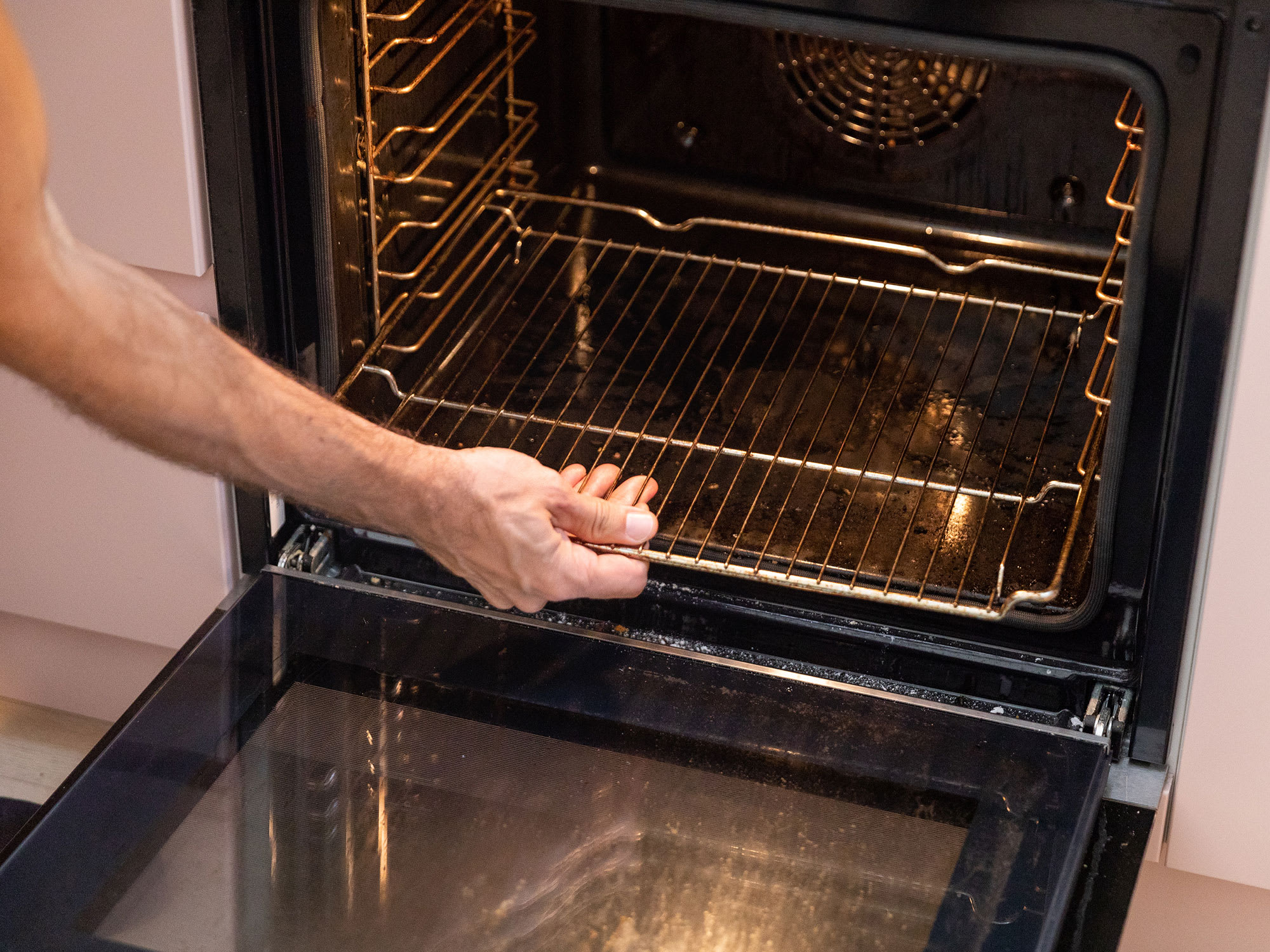
Exploring the Benefits of Ammonia for Oven Rack Cleaning
Ammonia offers several notable benefits when it comes to cleaning oven racks, making it an ideal choice for tackling grease and grime.
Effective Grease and Grime Removal:
Grease and grime are common culprits that accumulate on oven racks over time. Ammonia’s powerful properties help break down and dissolve these stubborn substances, making them easier to remove. The alkaline nature of ammonia allows it to efficiently cut through grease, ensuring that your oven racks are thoroughly cleaned and restored to their optimal condition.
Cost-Effective and Readily Available Solution:
Ammonia is a cost-effective cleaning solution that is readily available at most grocery stores or pharmacies. It offers an affordable alternative to specialized oven rack cleaners or professional cleaning services. With just a small amount of ammonia, you can effectively clean multiple oven racks, making it a budget-friendly choice for maintaining the cleanliness of your oven and its accessories.
Safety Precautions and Proper Handling of Ammonia
While ammonia is an excellent cleaning agent, it is important to take proper safety precautions when handling it.
Proper Ventilation: Reducing Fumes and Inhalation Risks: Ammonia emits strong fumes that can be irritating and potentially harmful when inhaled in large quantities. To minimize the risk, always ensure proper ventilation in the area where you are using ammonia. Open windows, use fans, or choose a well-ventilated space to allow for the dissipation of fumes. If you experience any discomfort or respiratory issues while using ammonia, discontinue use immediately and seek fresh air.
Safe Disposal: Handling Ammonia Spent Solution:
After soaking the oven racks in ammonia, it is important to handle and dispose of the spent solution properly. Avoid pouring it down the sink or drain, as it can harm the environment and potentially damage plumbing systems. Instead, follow local guidelines for hazardous waste disposal, or contact your municipal waste management facility for specific instructions on how to dispose of ammonia properly and responsibly.
H2: Alternative Cleaning Methods:
Exploring Non-Ammonia Options H3: Baking Soda and Vinegar: Natural Cleaning Powerhouses H3: Specialty Oven Cleaners: Targeted Solutions for Stubborn Stains
While ammonia is an effective cleaning agent, there are alternative methods for cleaning oven racks that do not involve its use.
Conclusion: Cleaning oven racks can be a daunting task, but with the power of ammonia and the right approach, it no longer needs to be a chore. By preparing the area, soaking the oven racks with an ammonia solution, and utilizing the scrubbing technique, you can restore your racks to their former clean and shiny state. Remember to prioritize safety and perform the cleaning process in a well-ventilated environment, using proper protective gear. Lastly, maintaining clean oven racks through regular maintenance and prevention measures will help keep them in pristine condition for years to come. Say goodbye to tough stains and hello to gleaming oven racks with the efficient and straightforward process of cleaning with ammonia.

